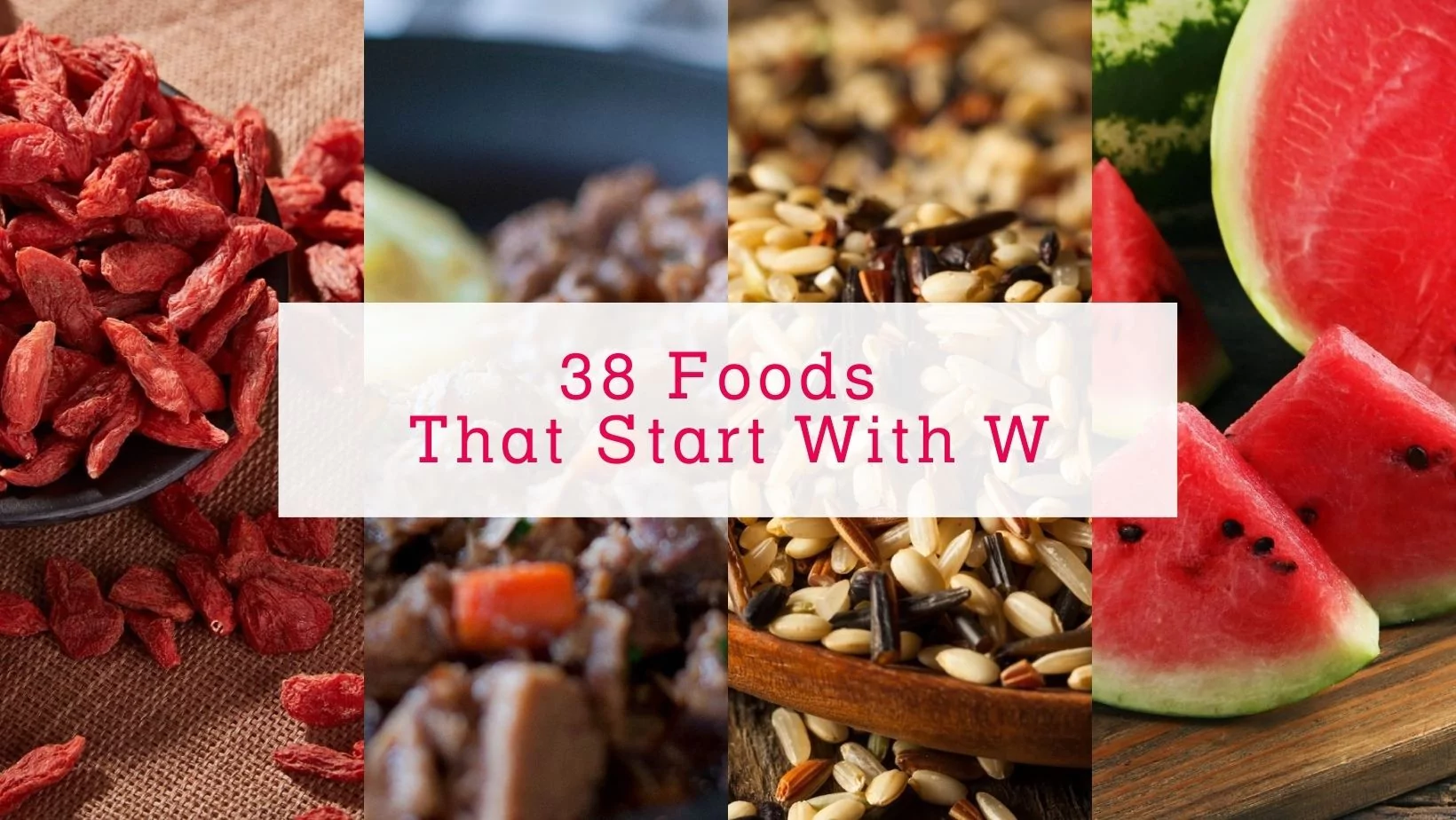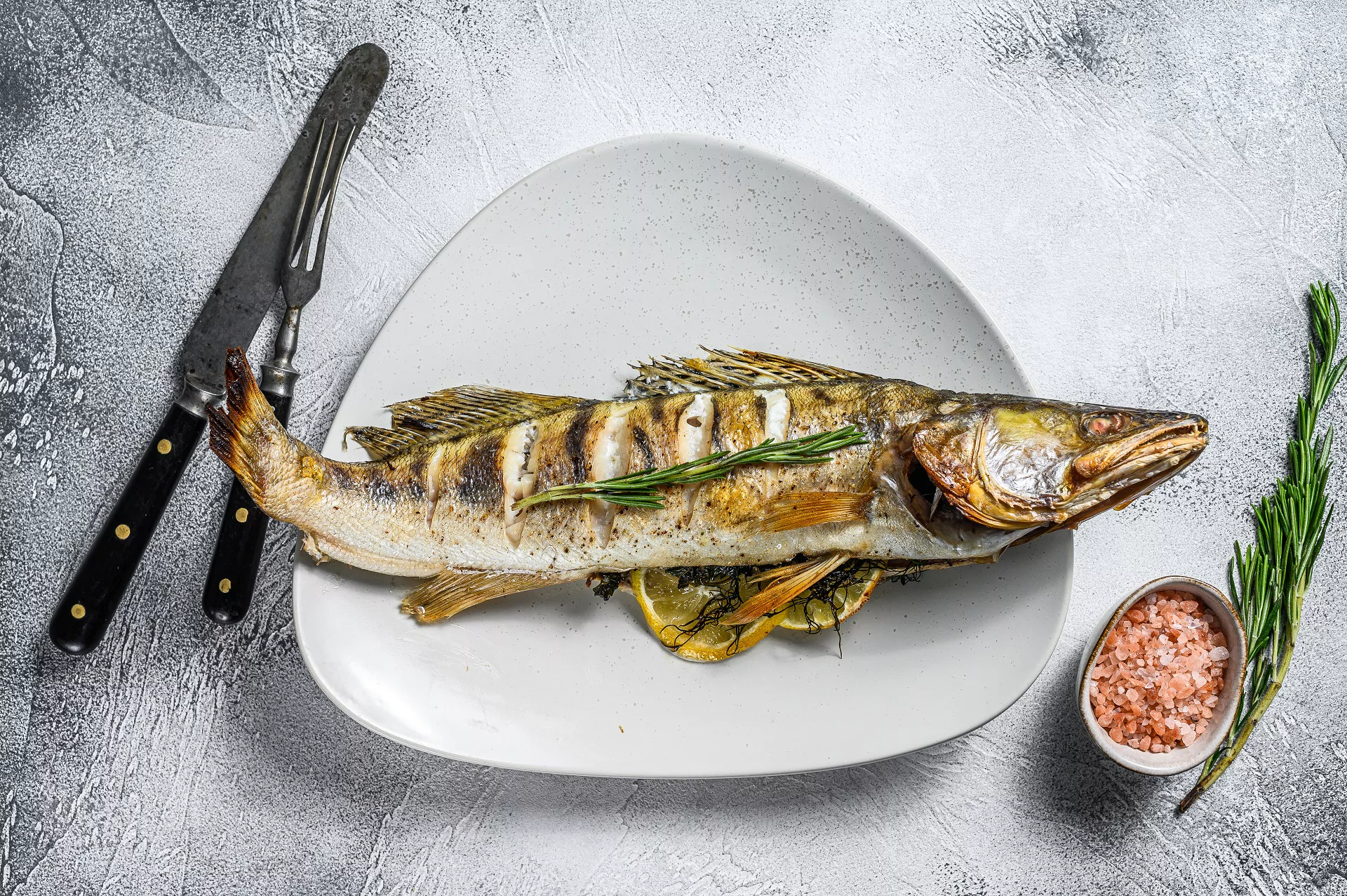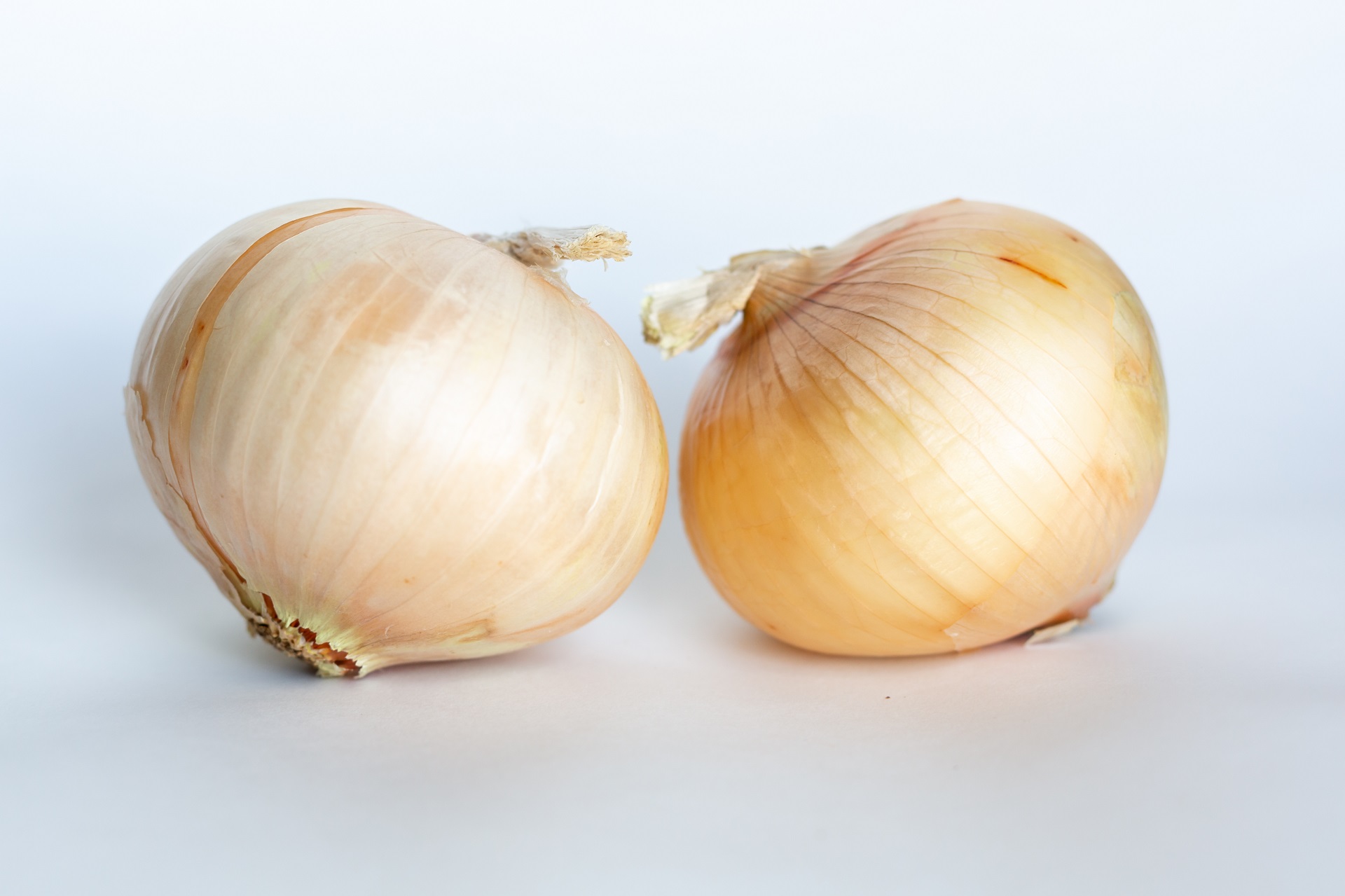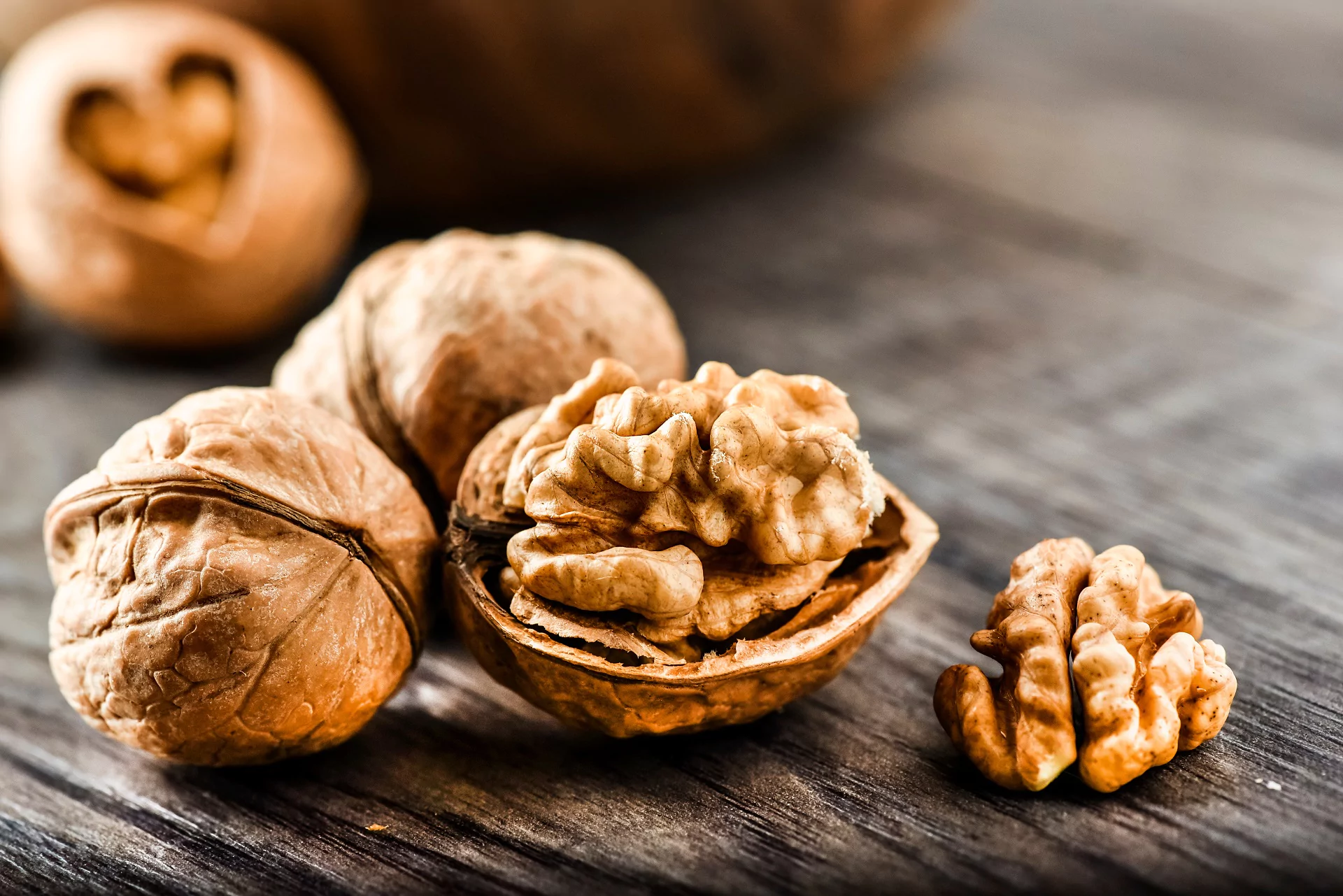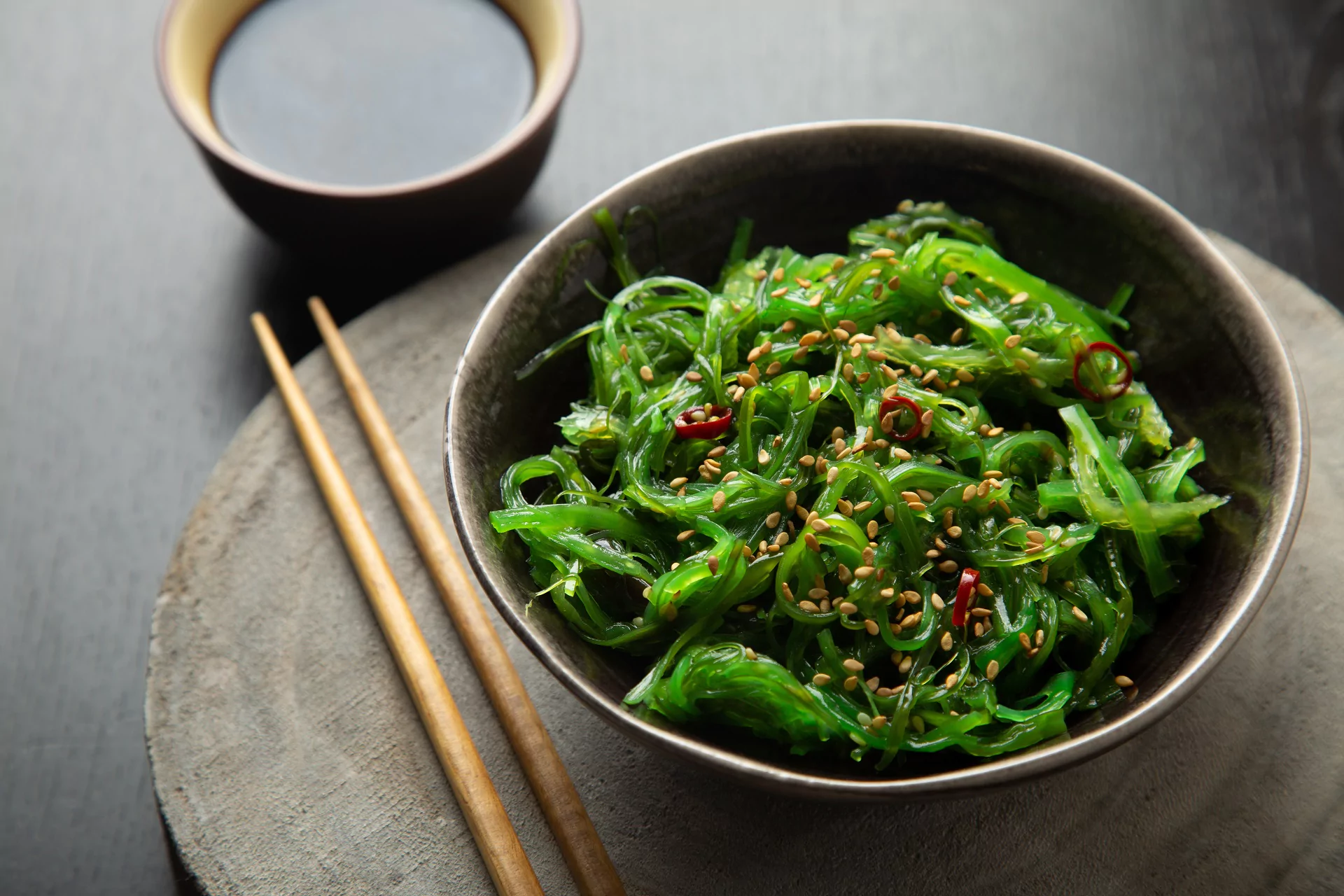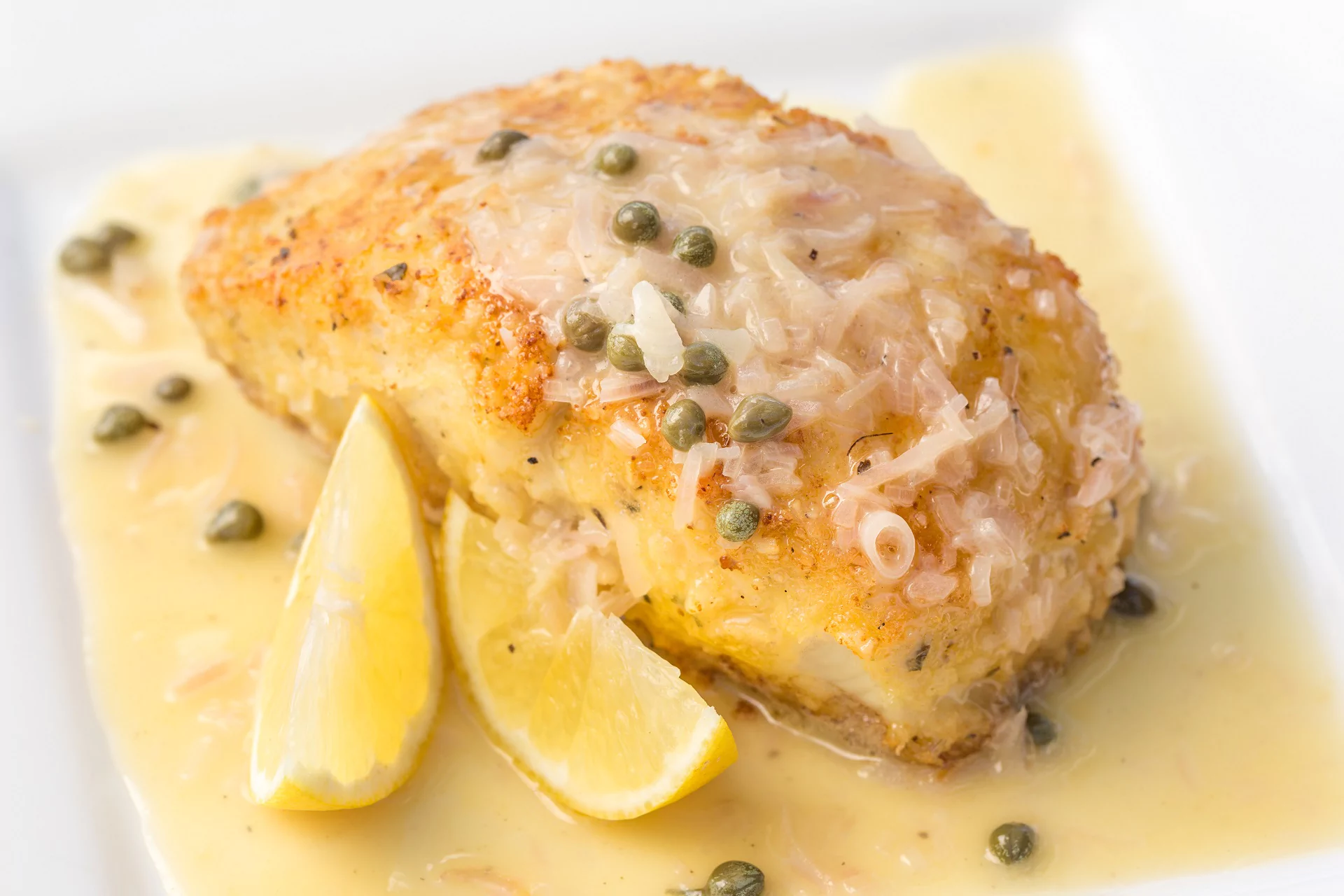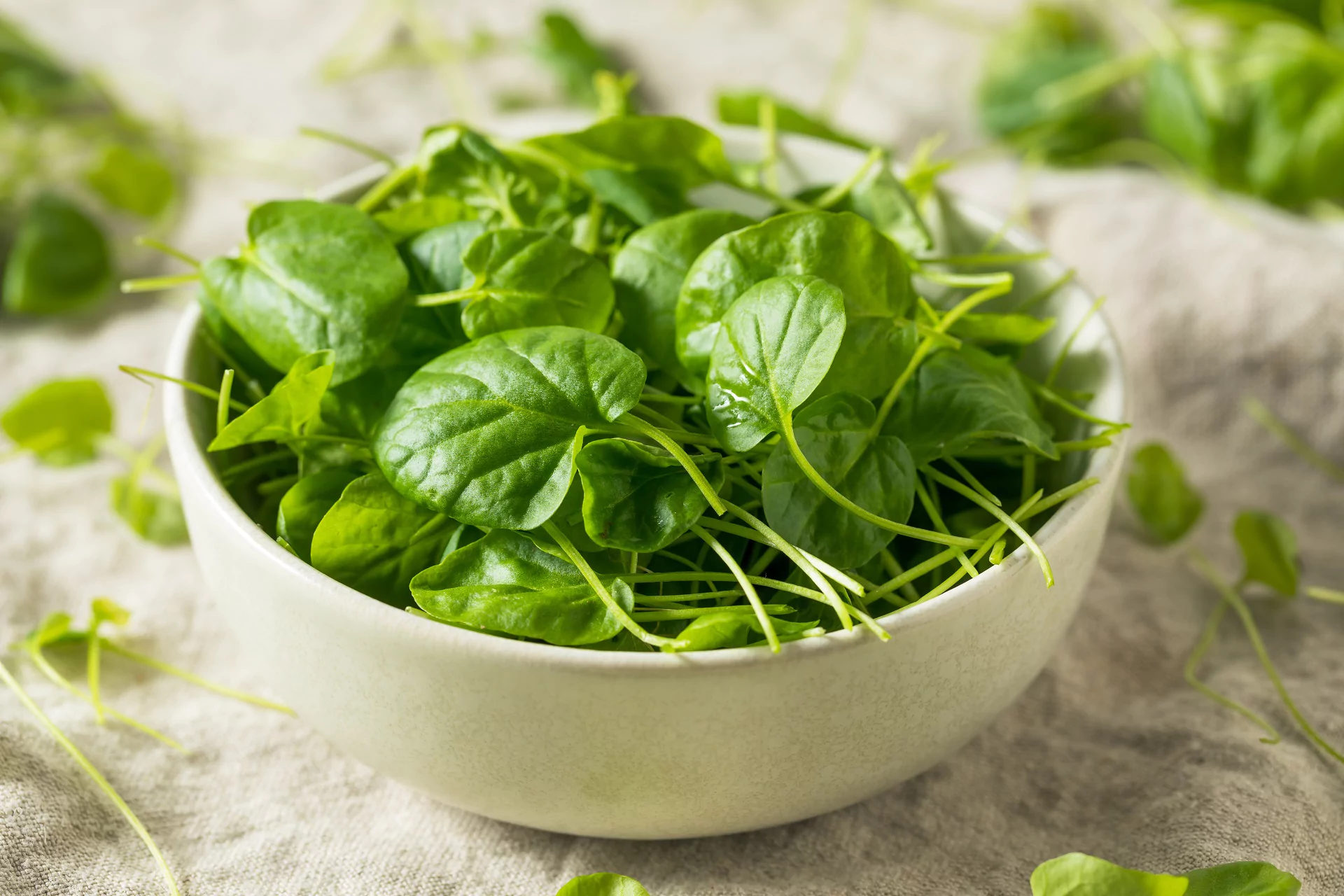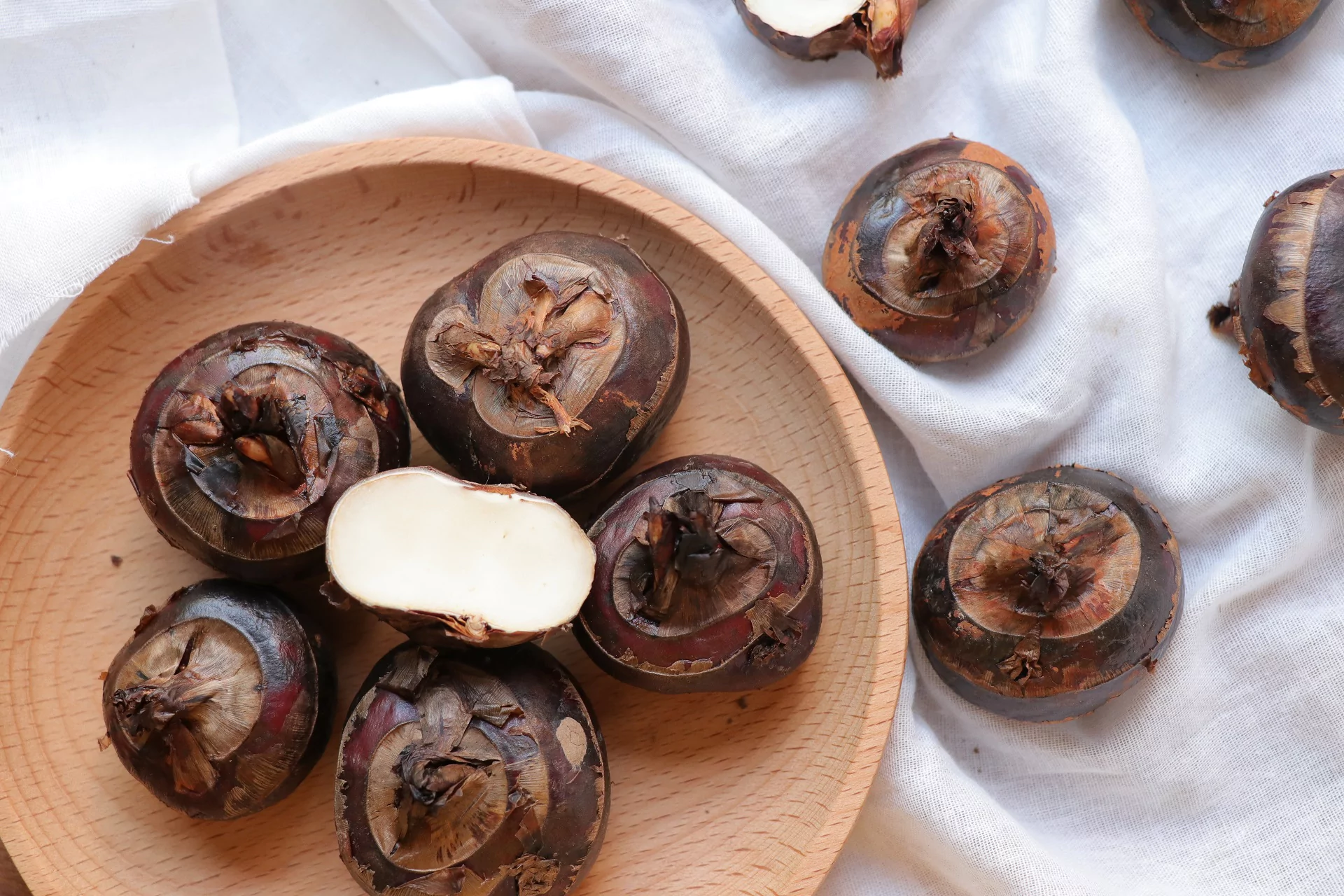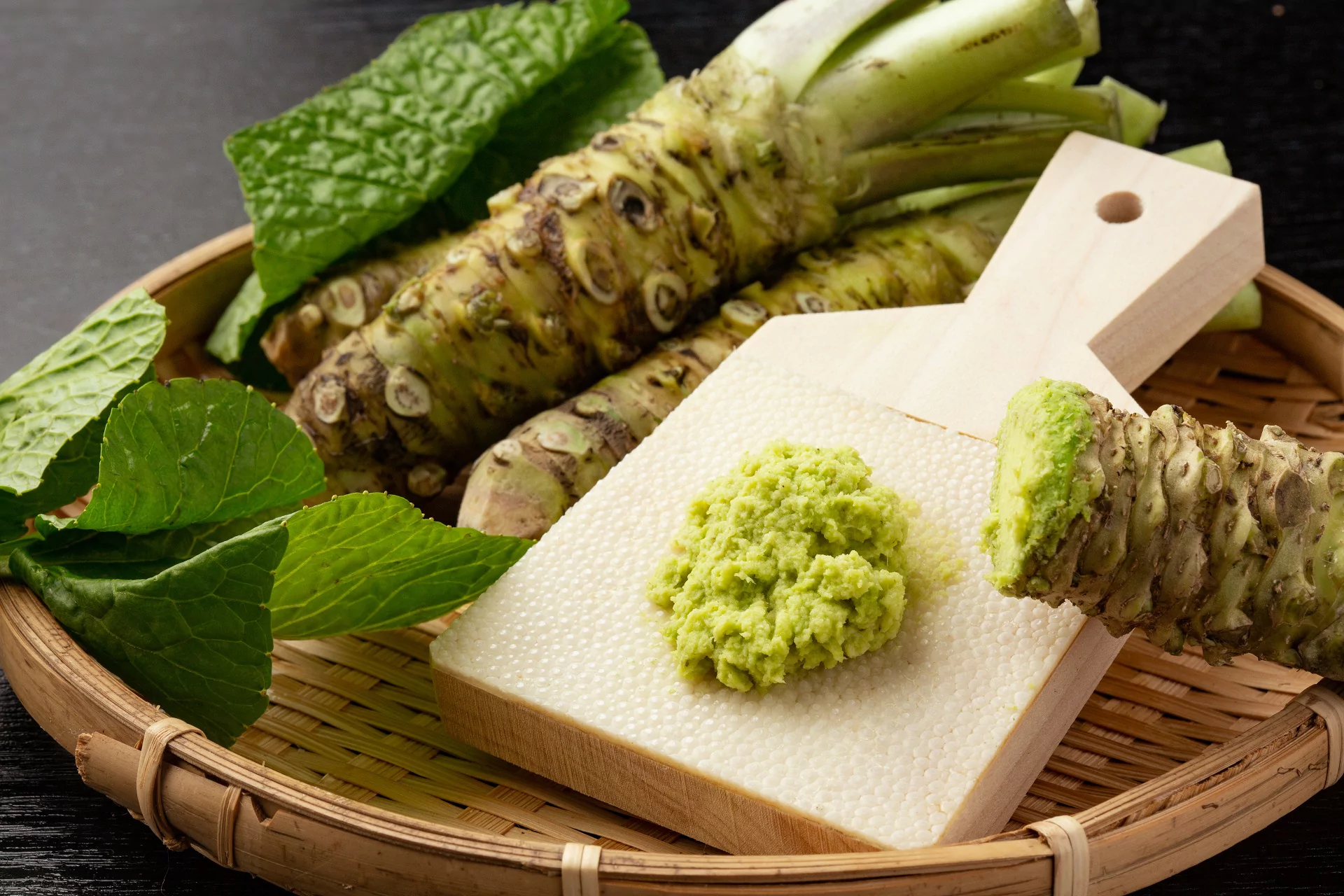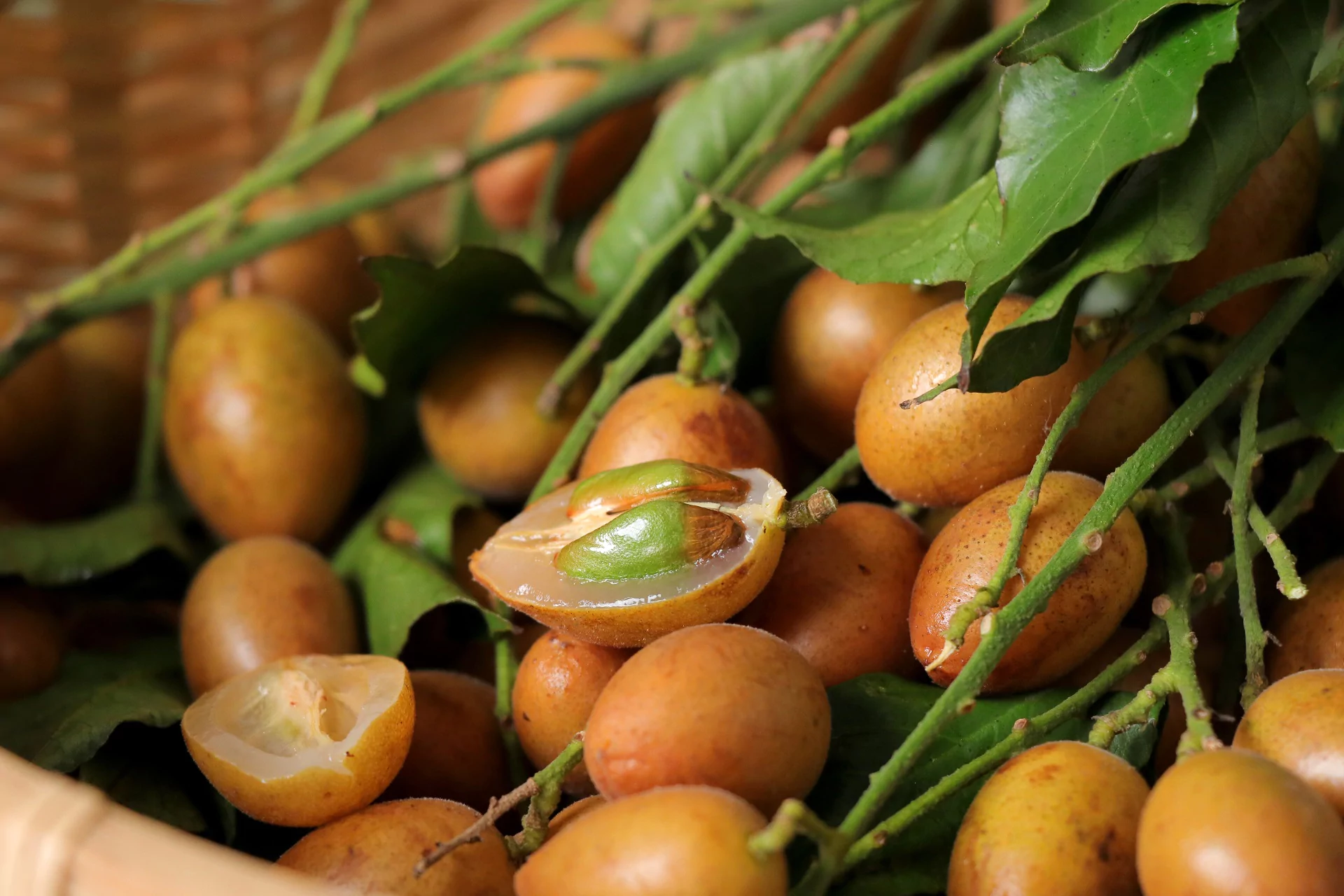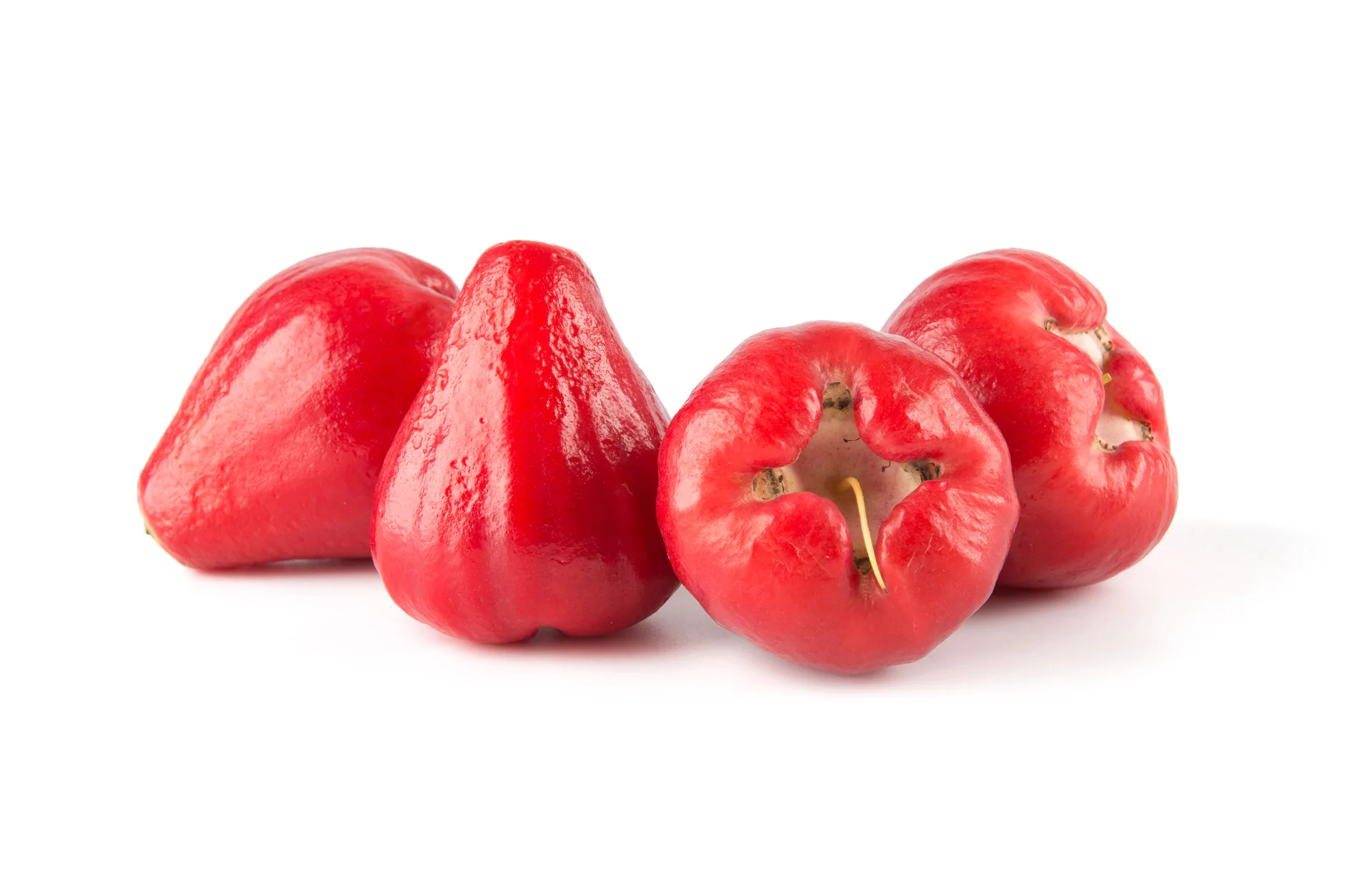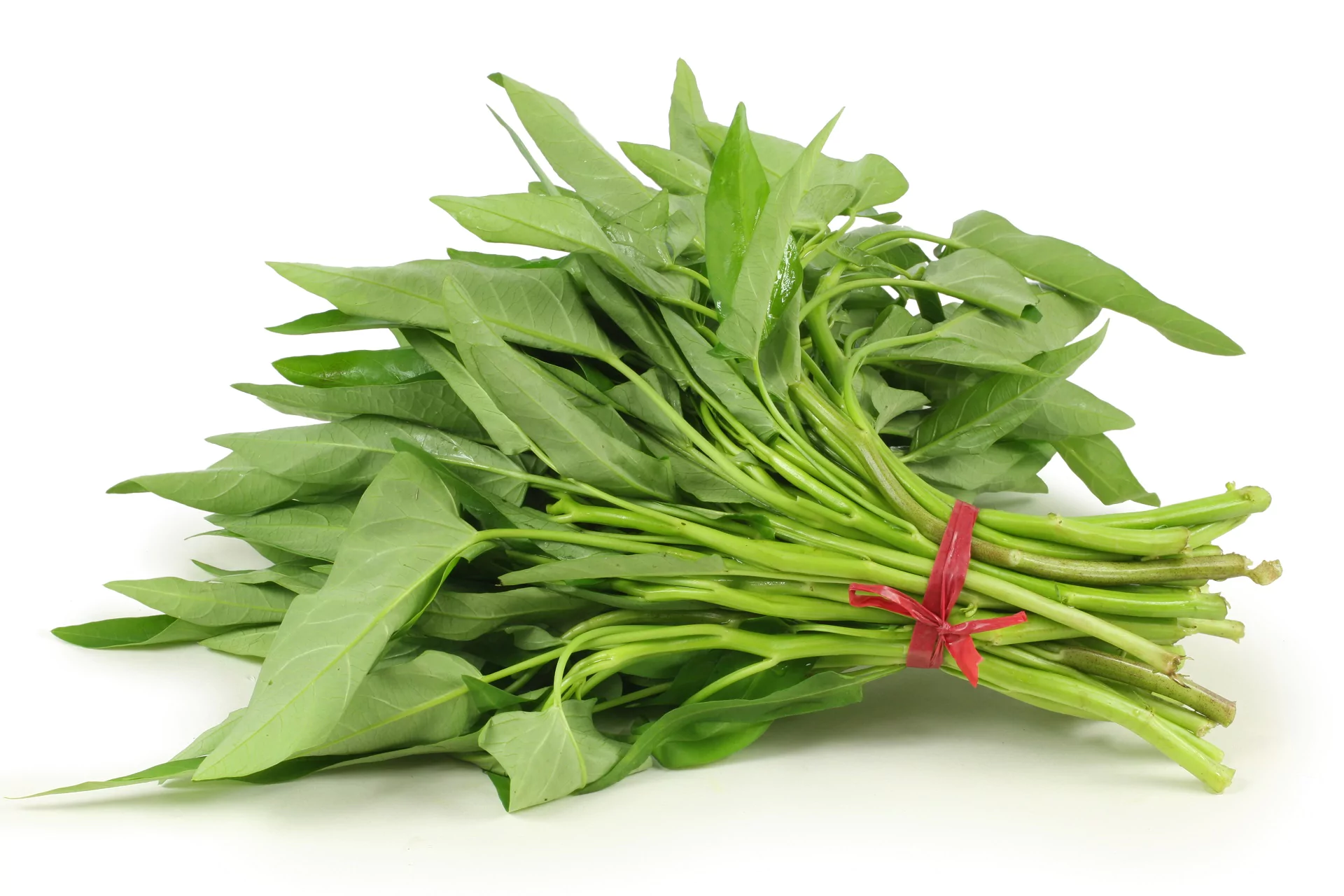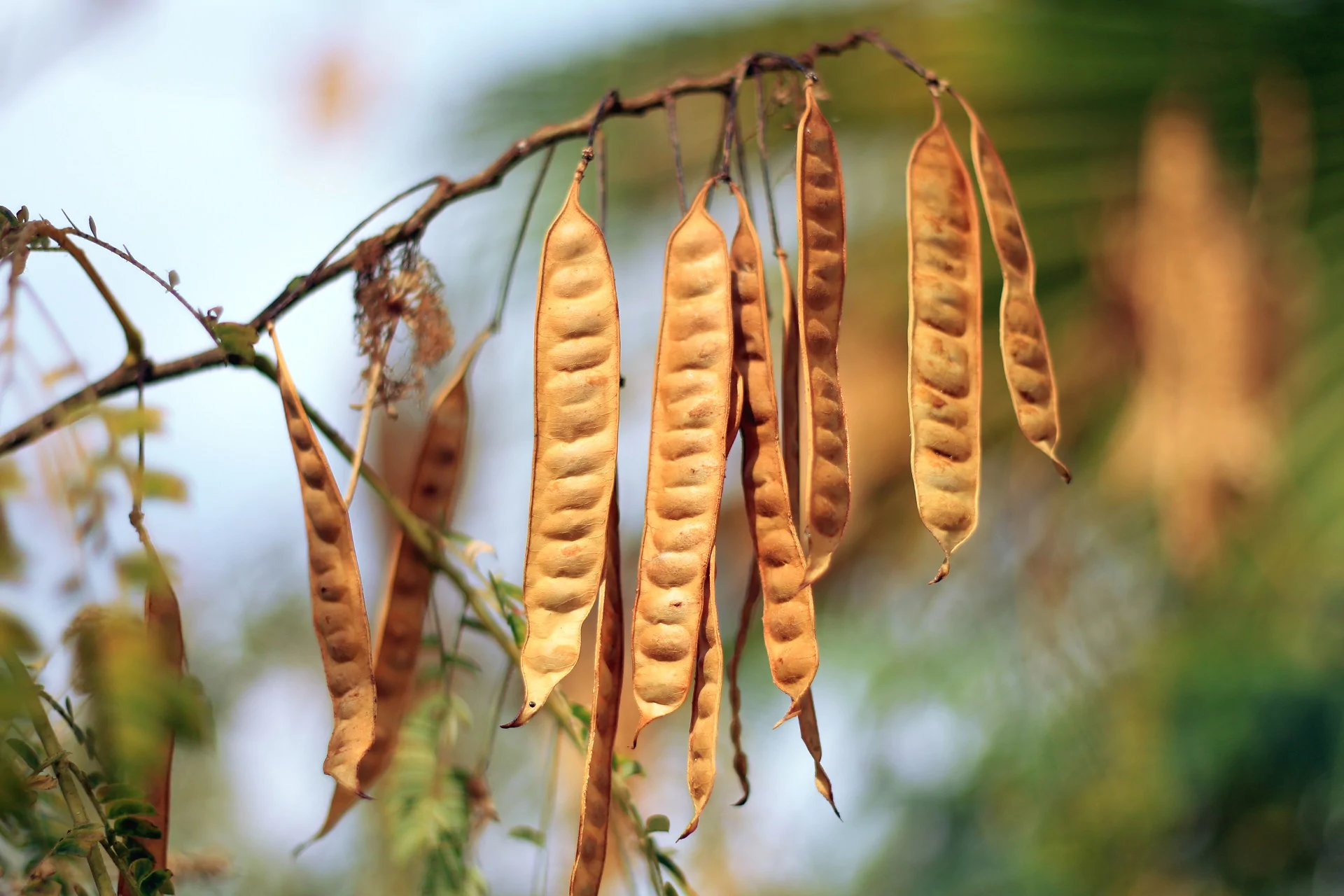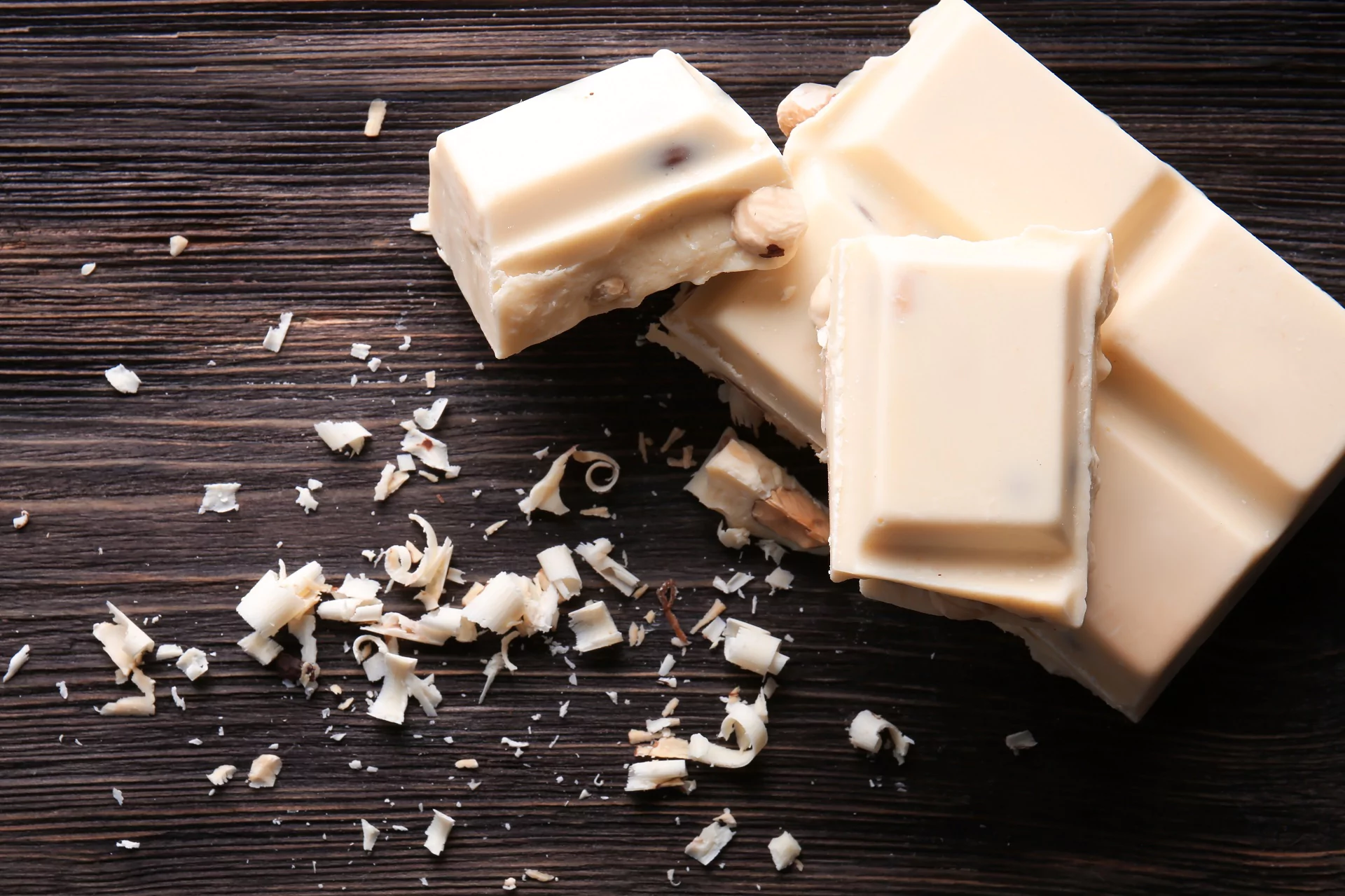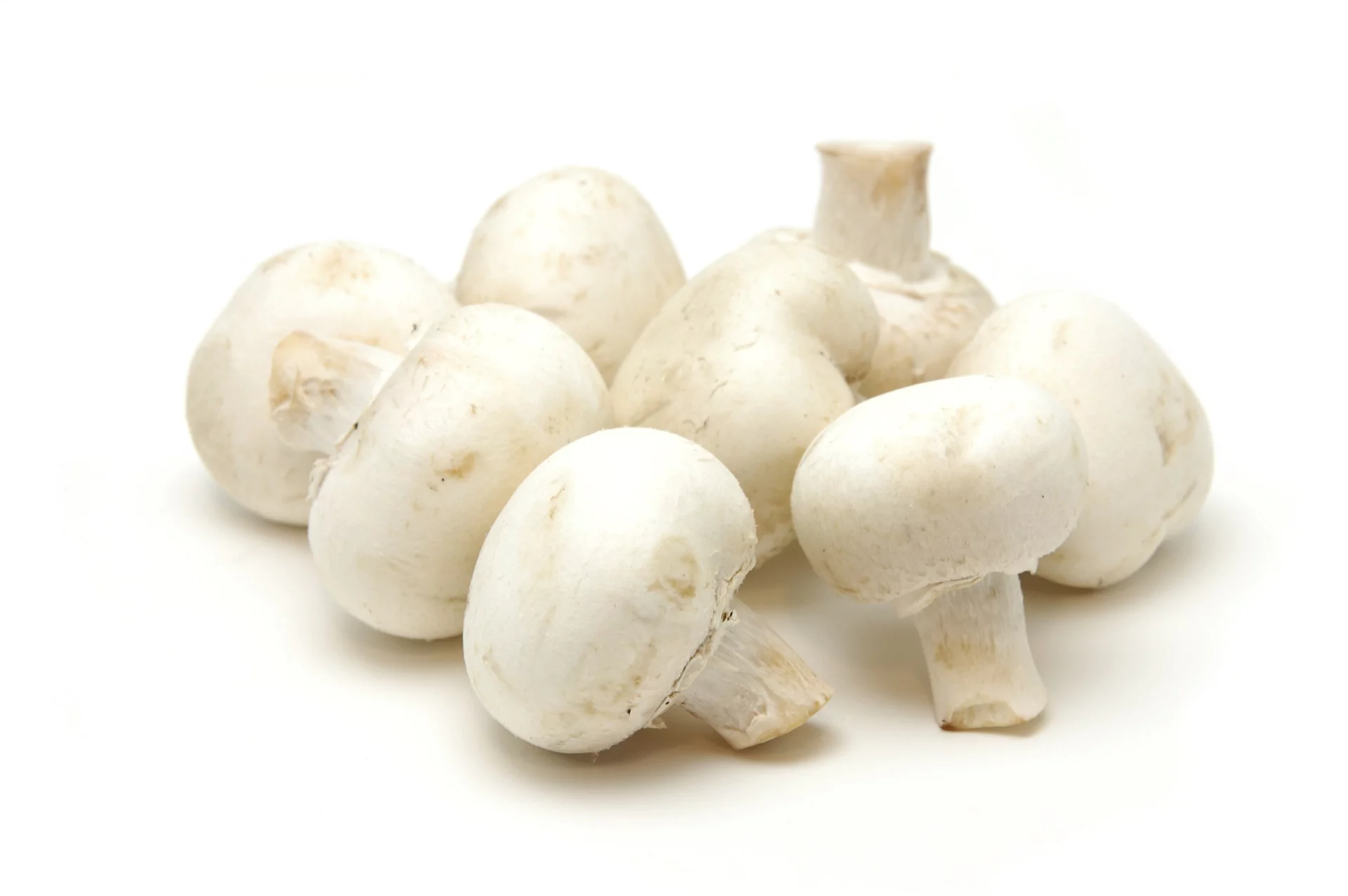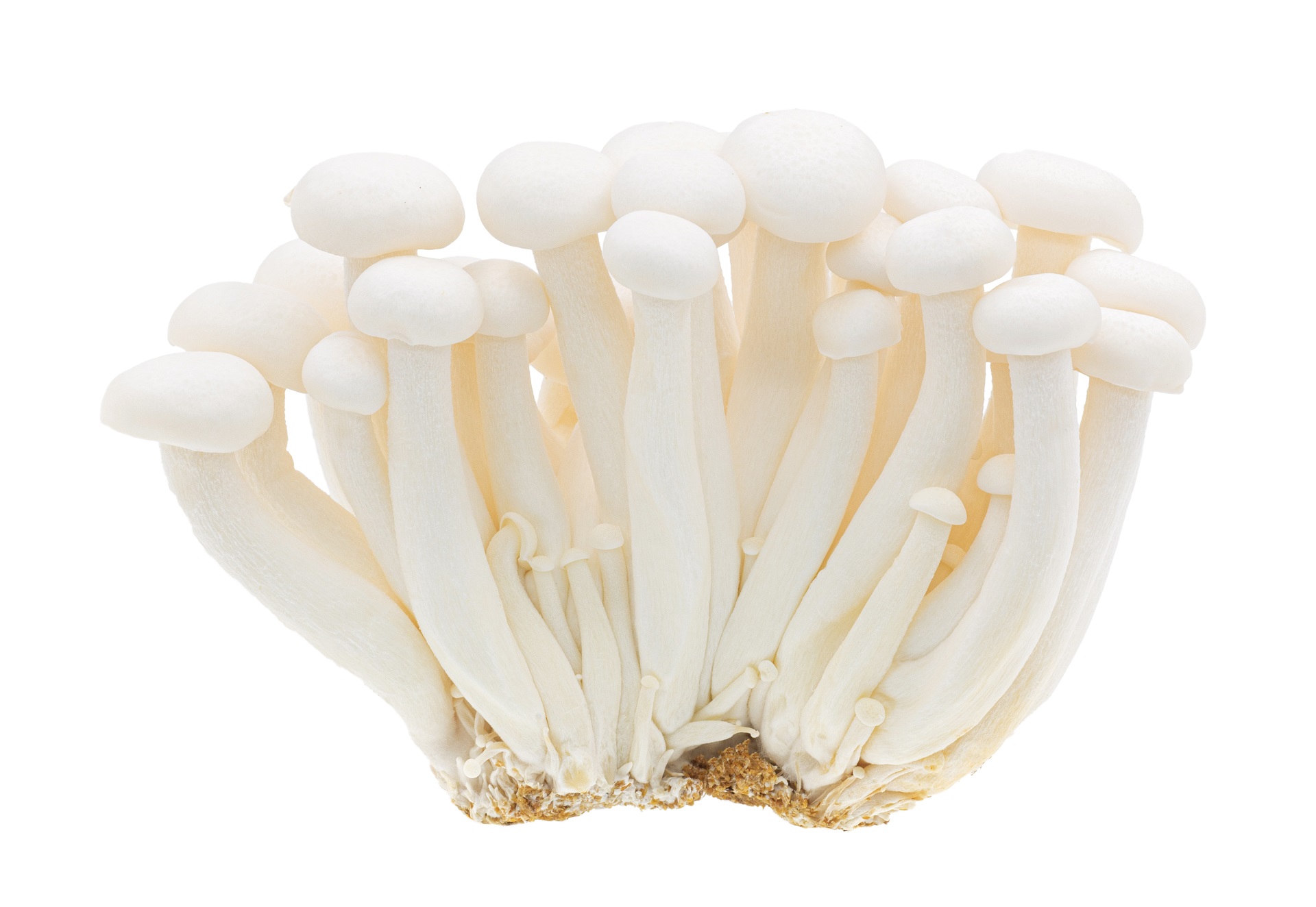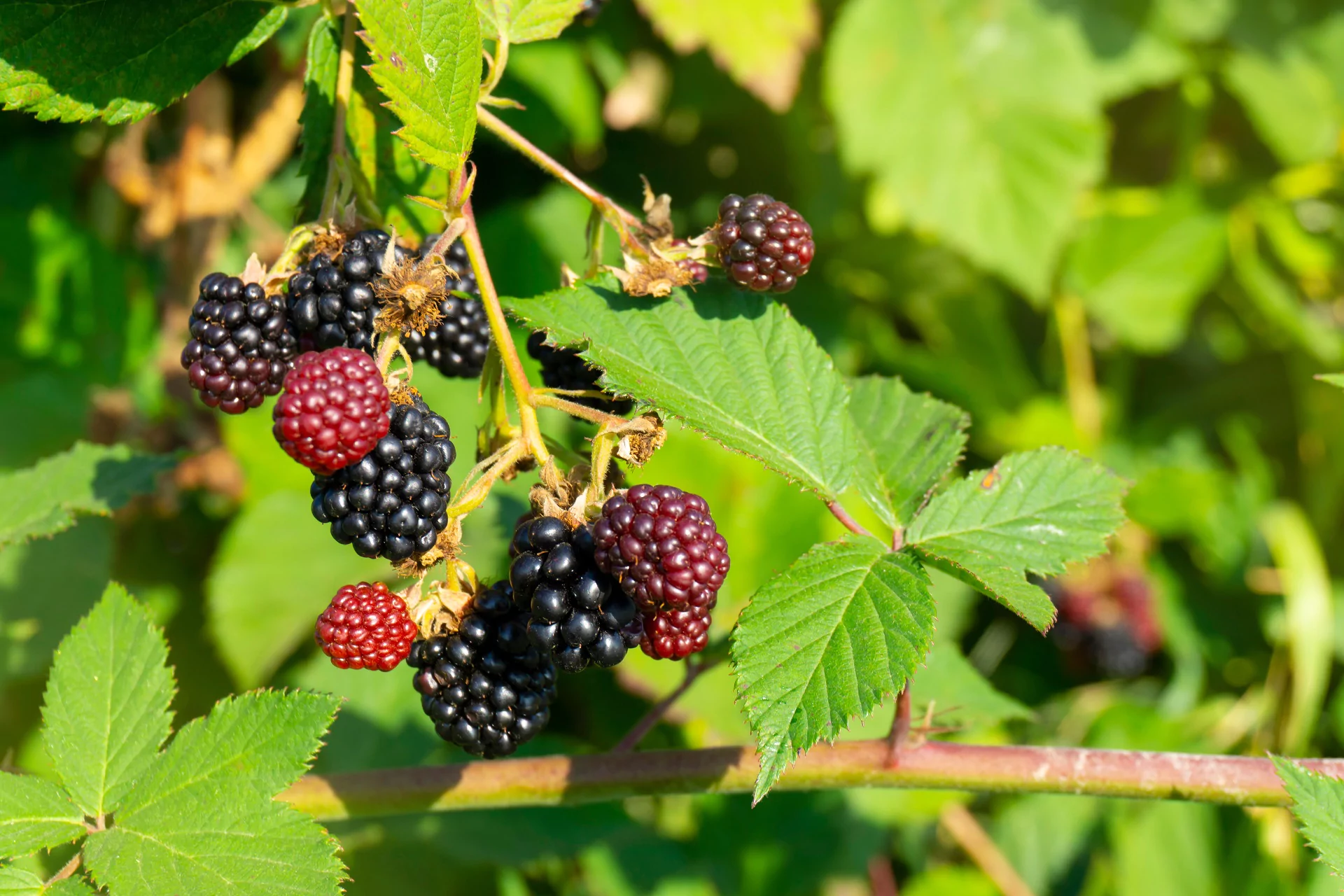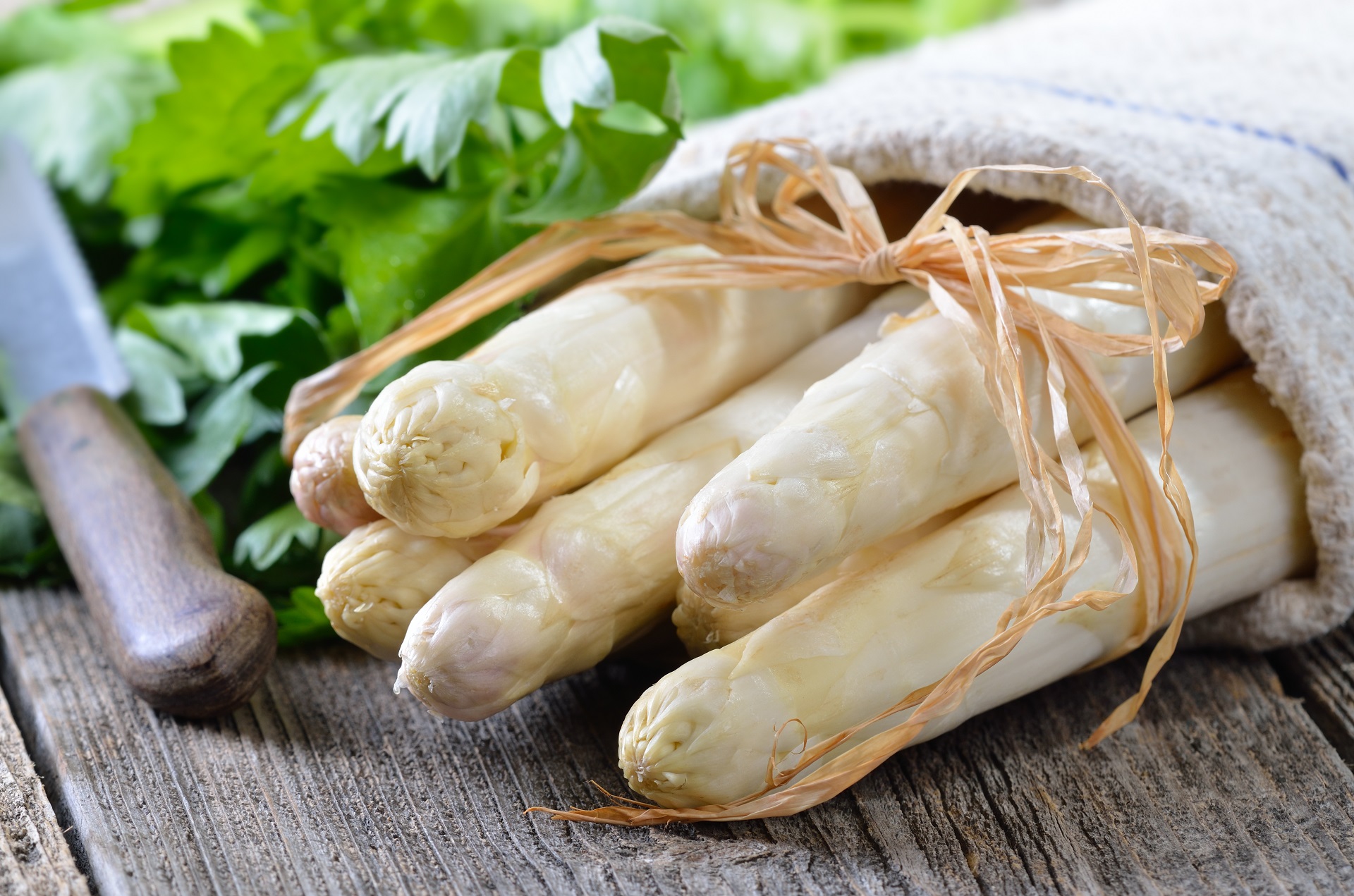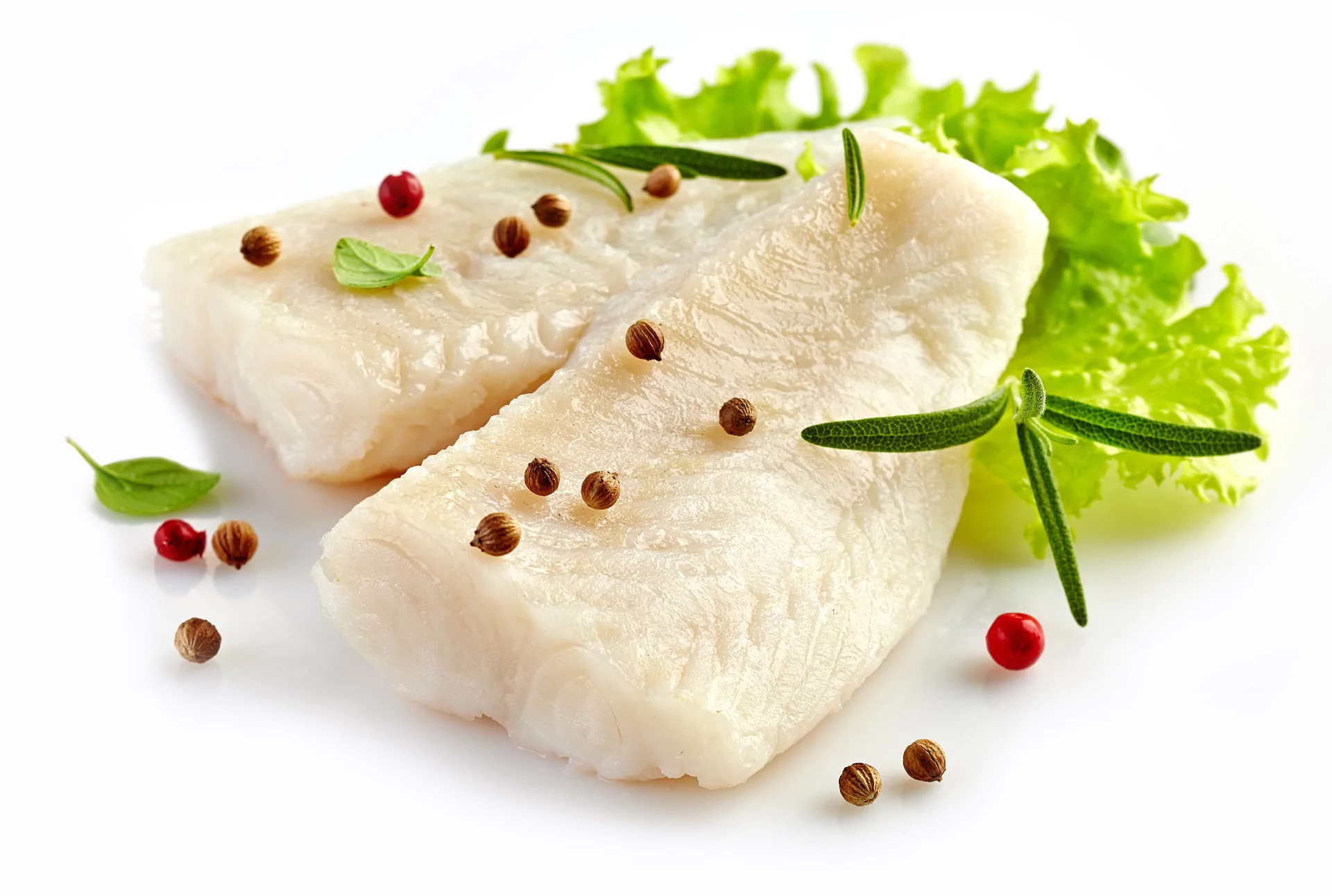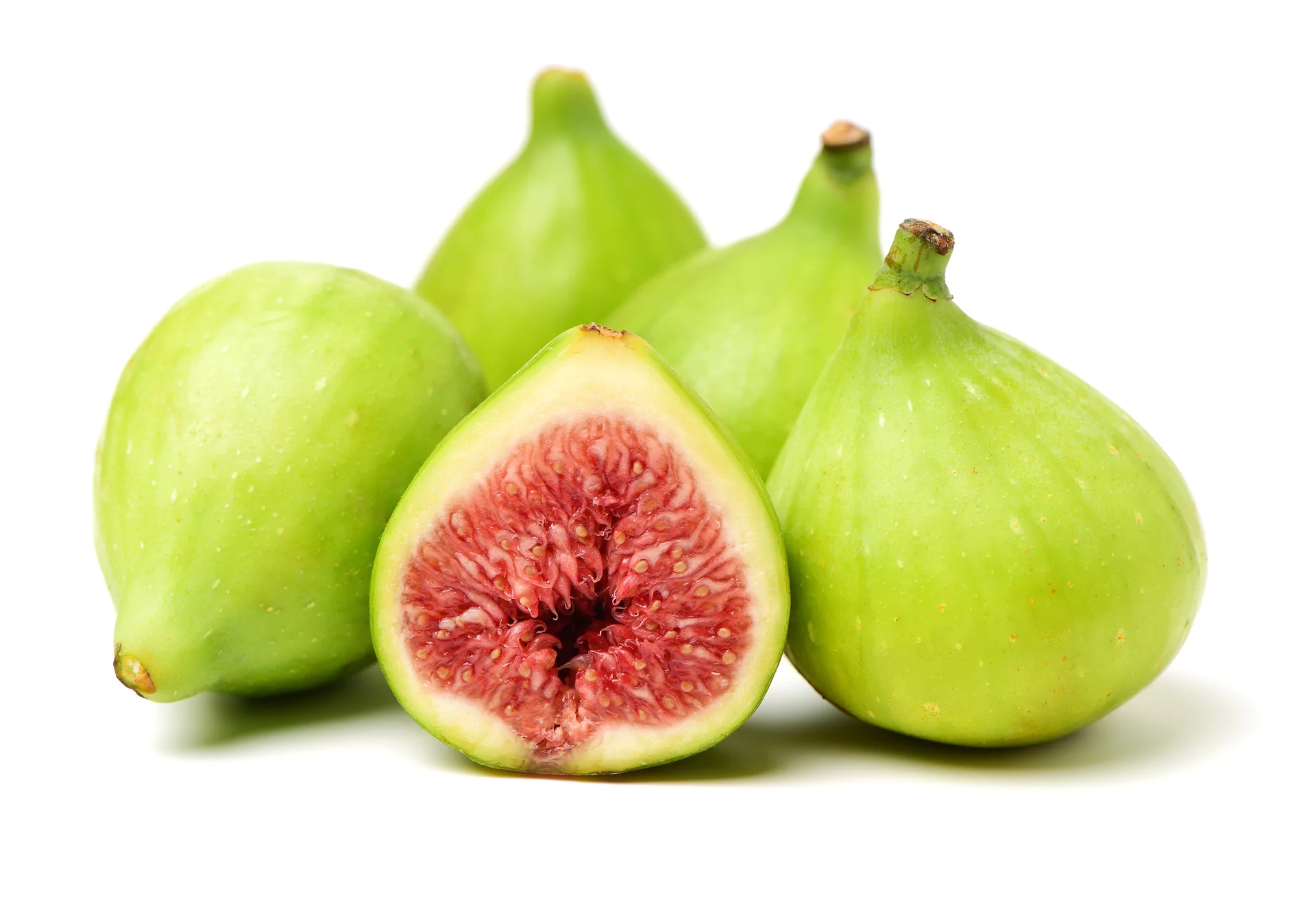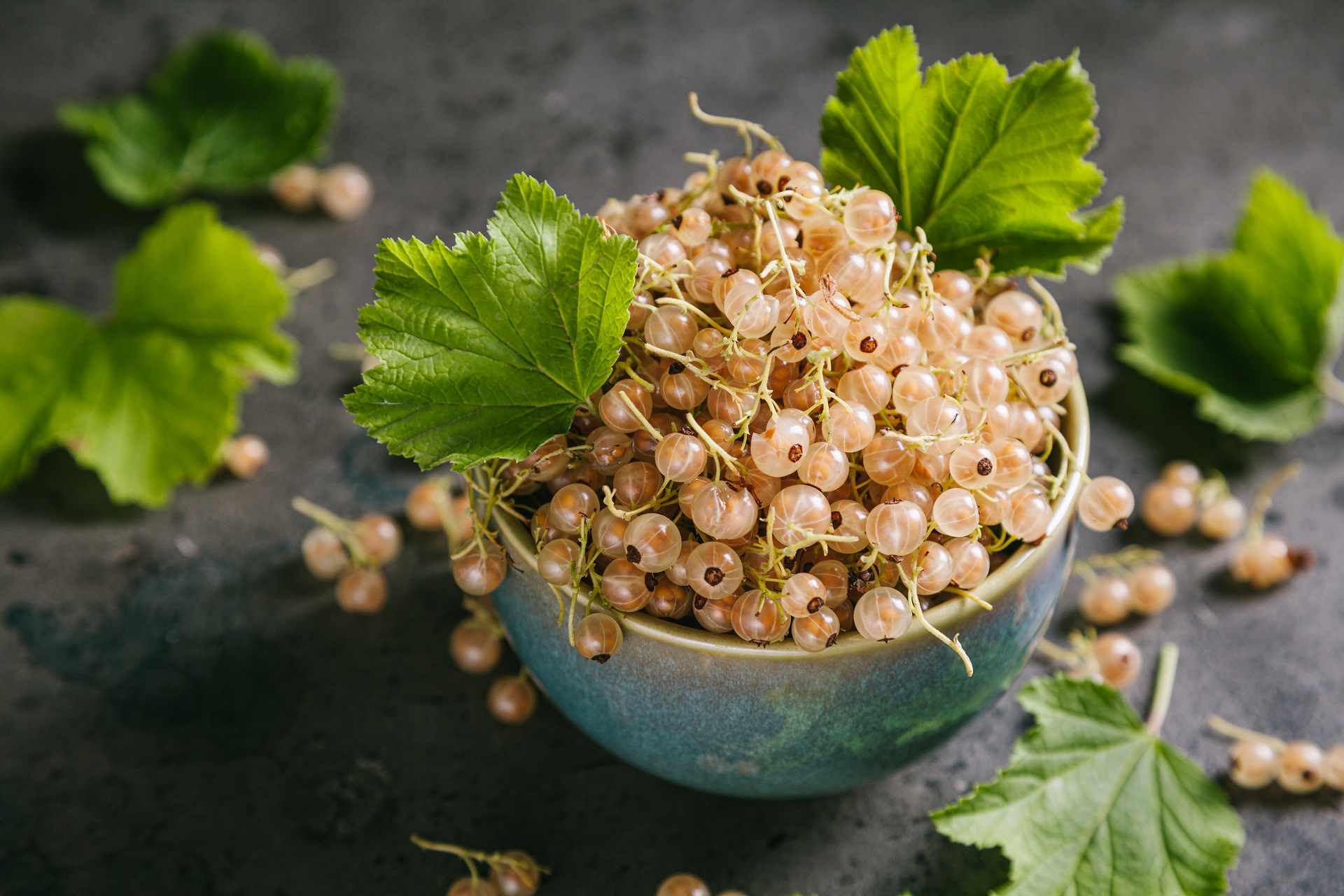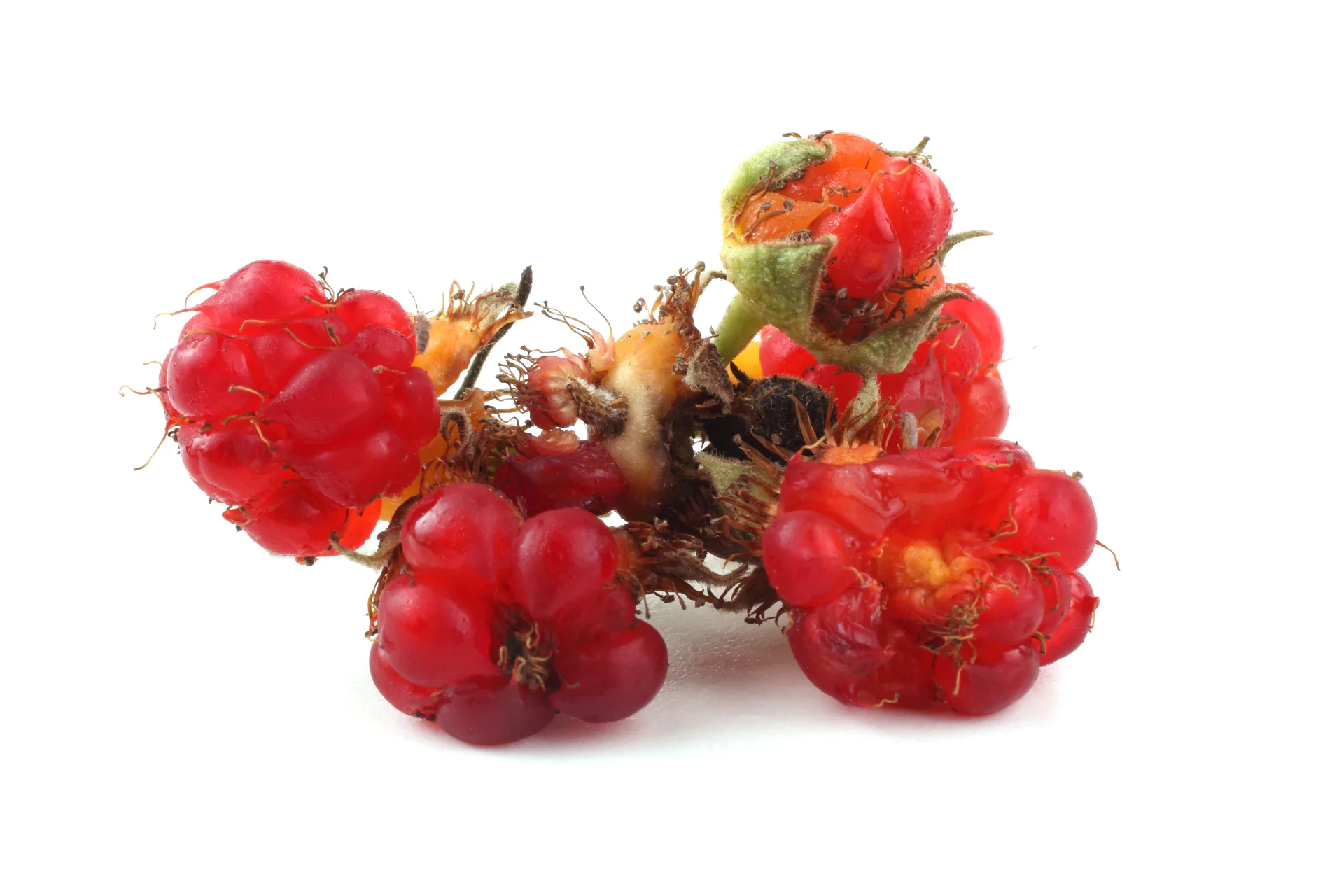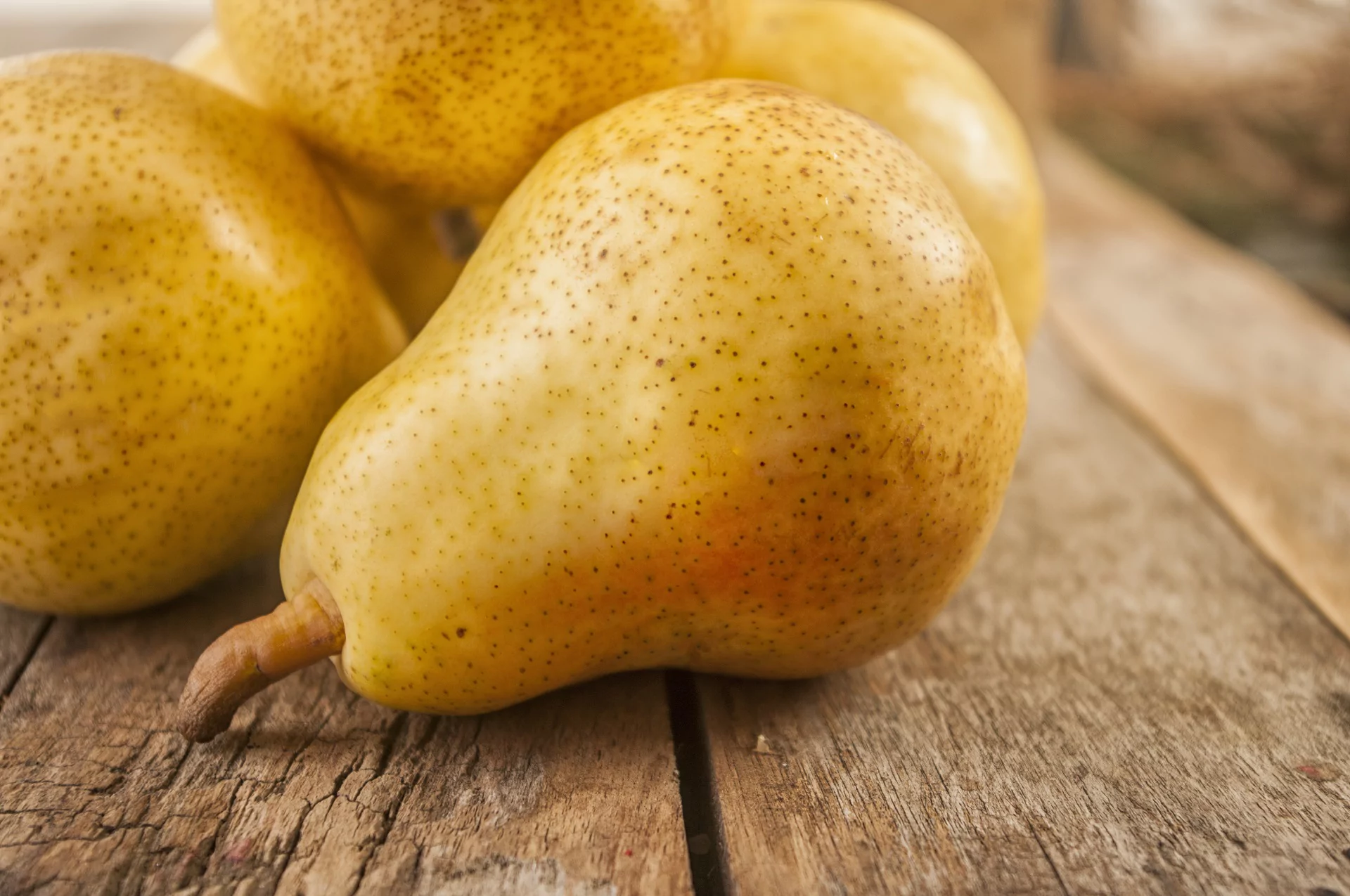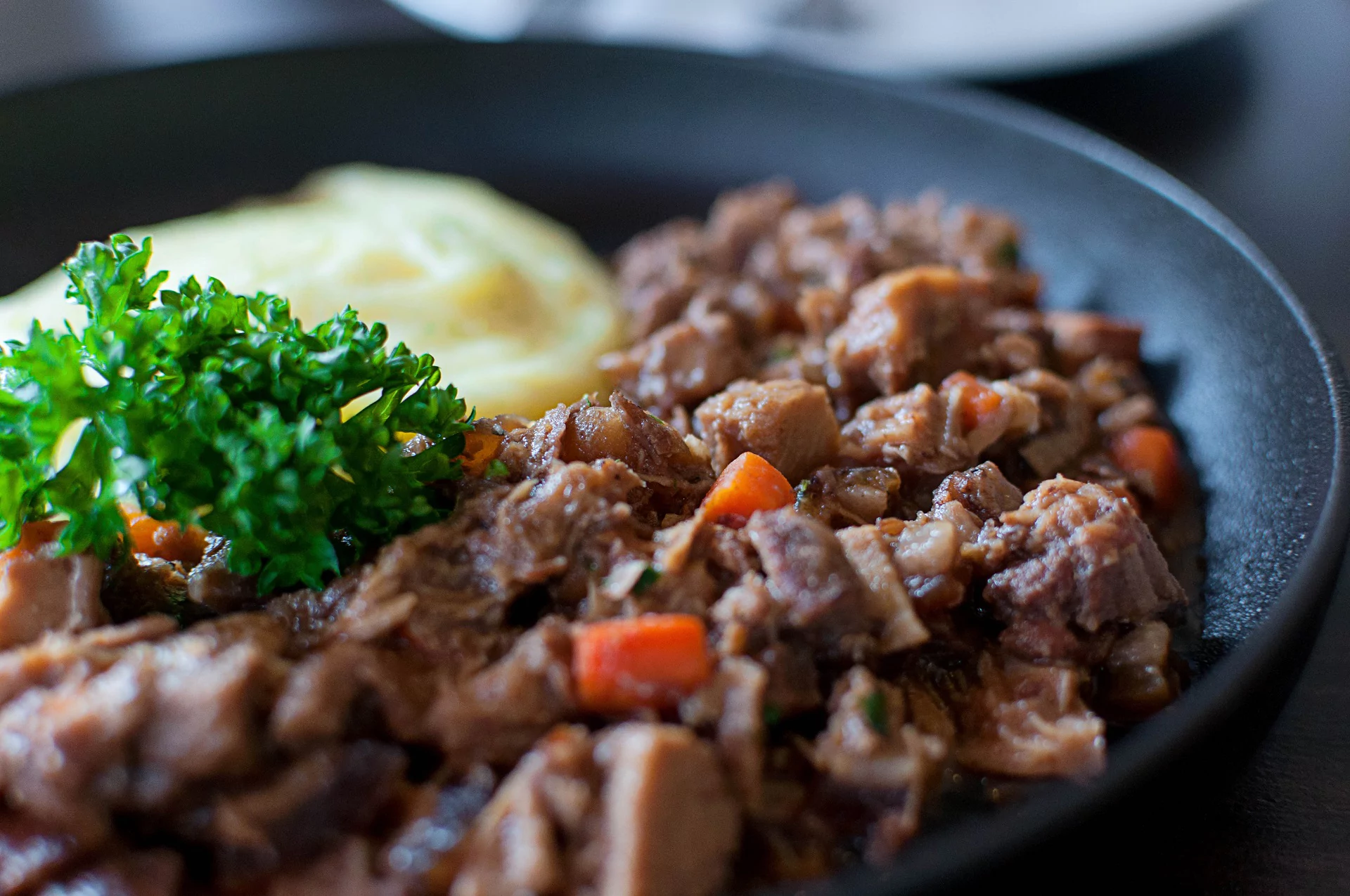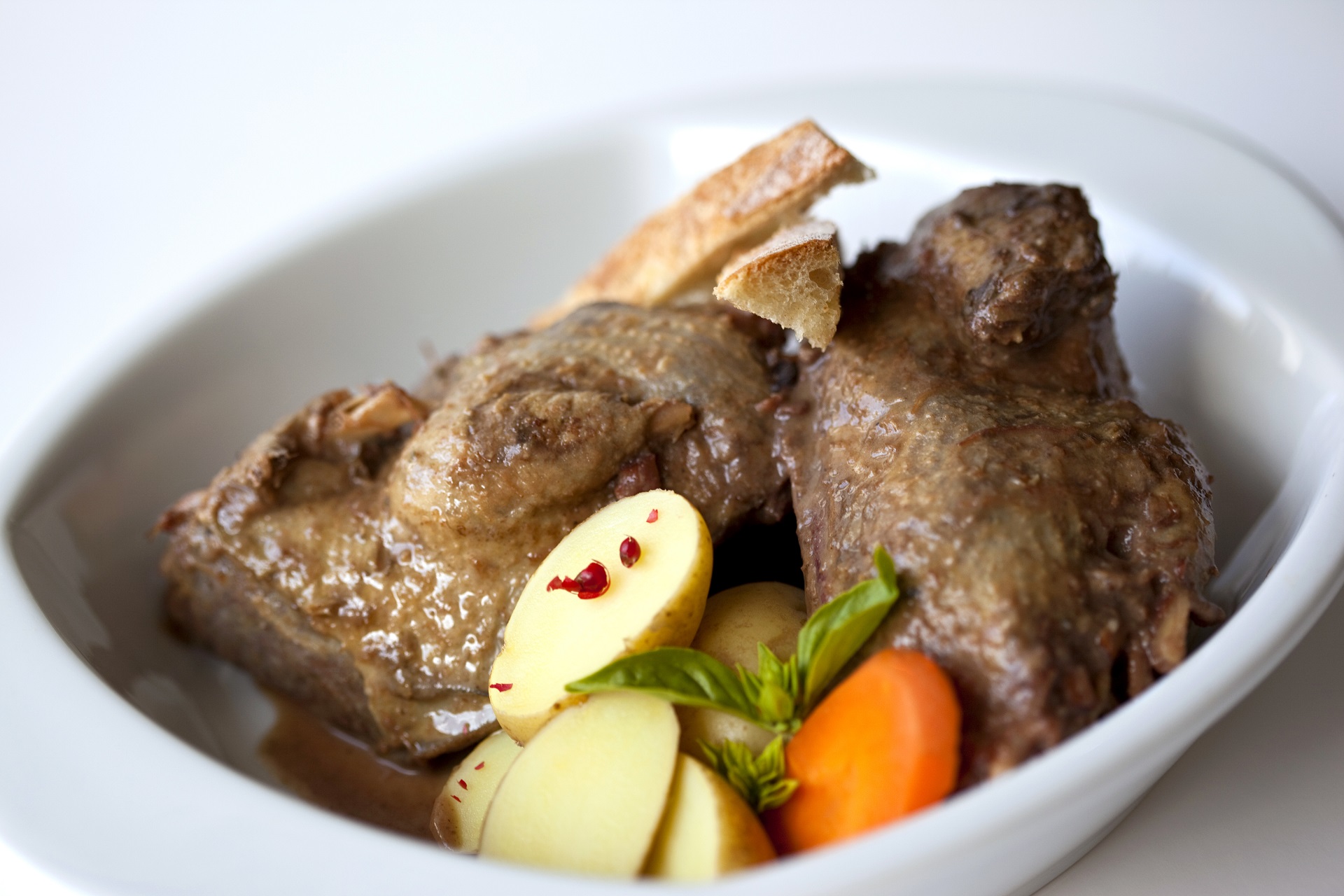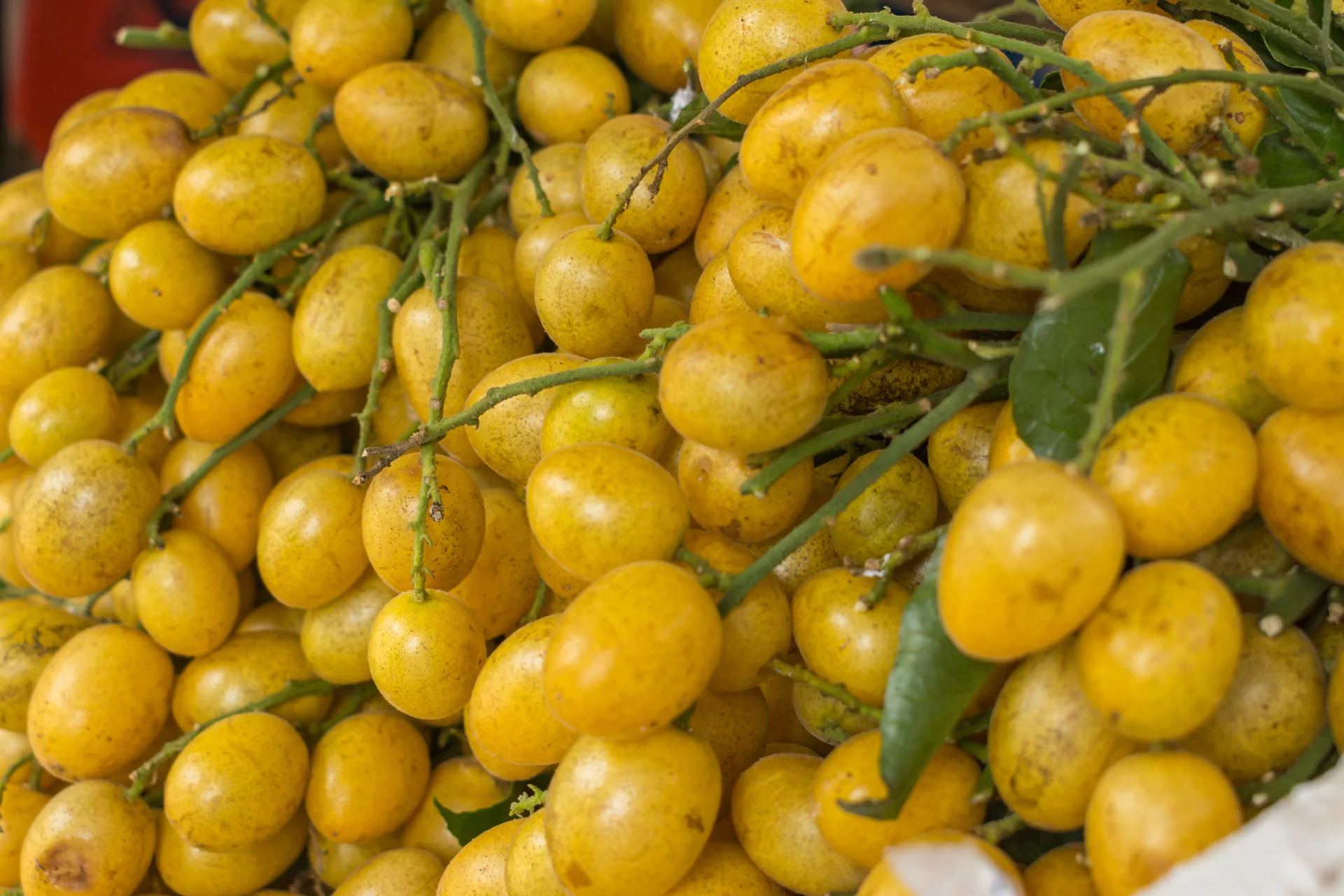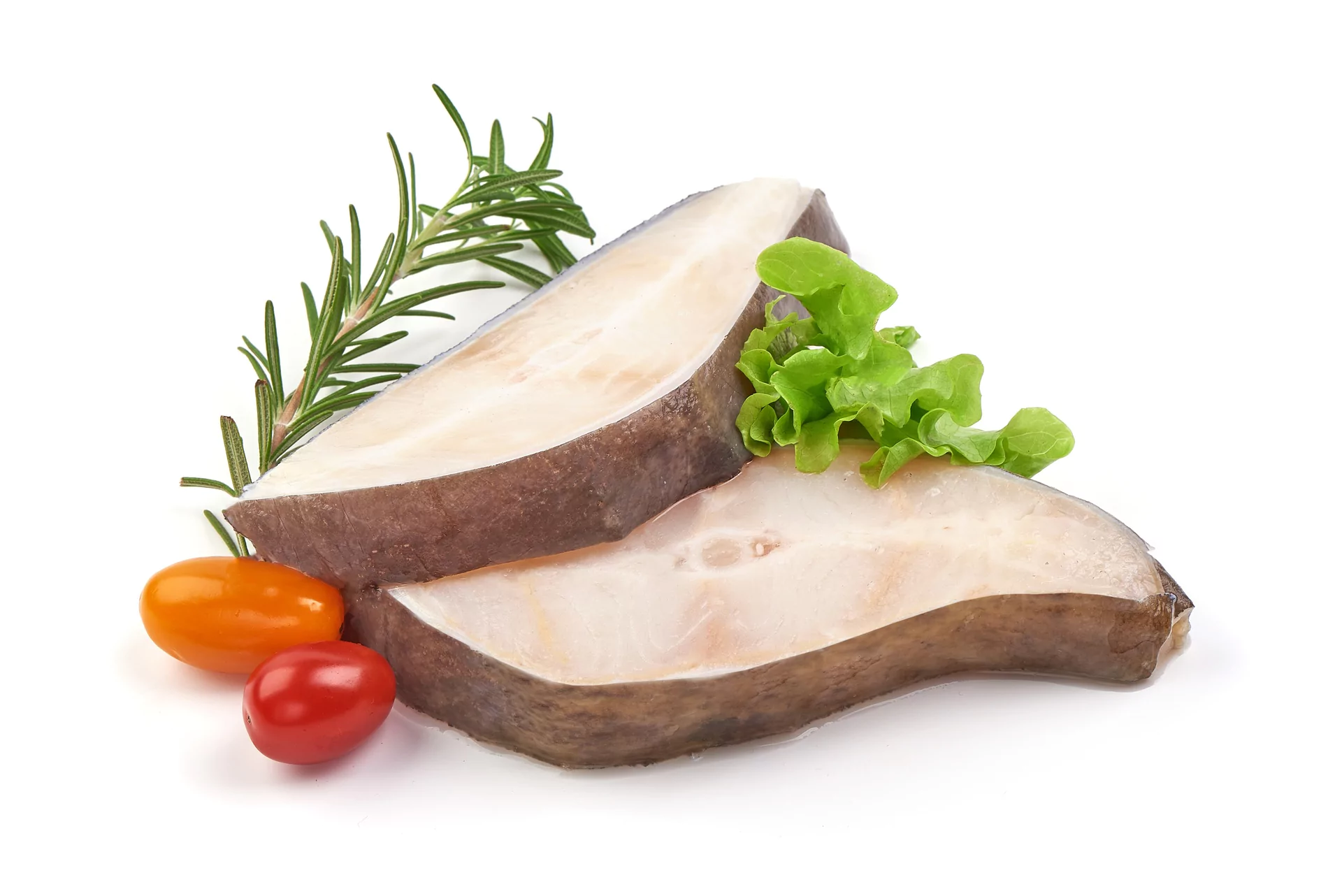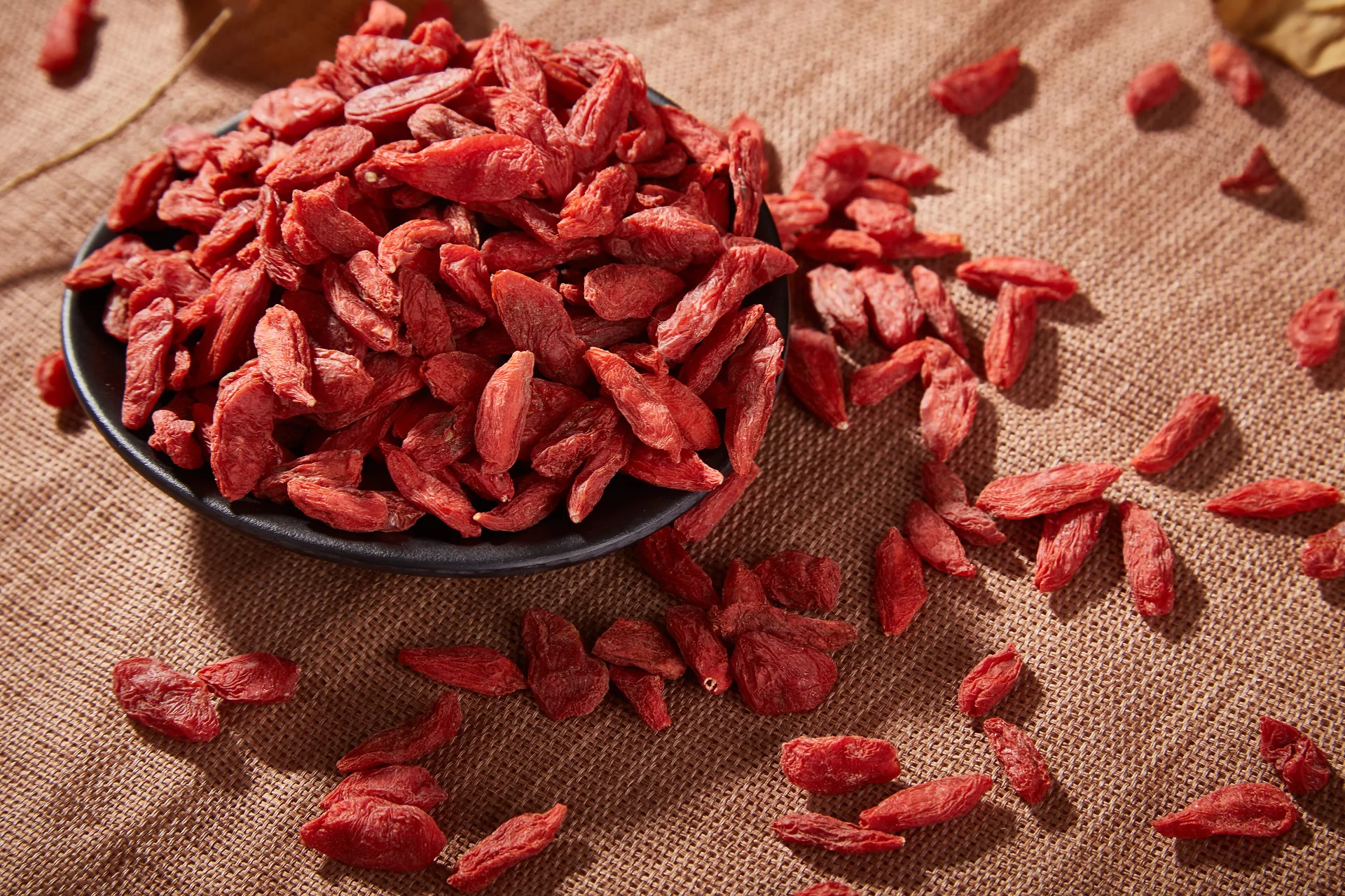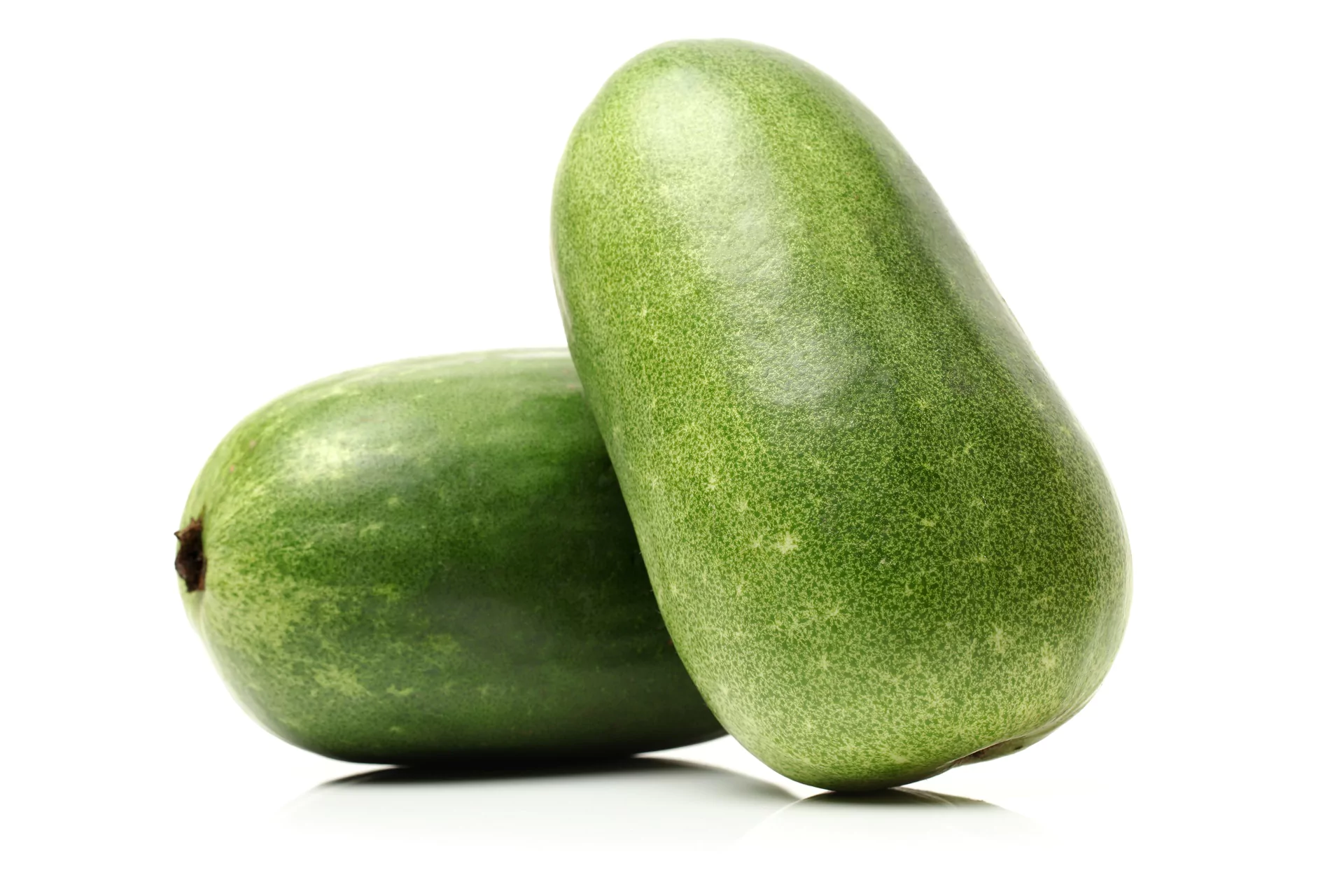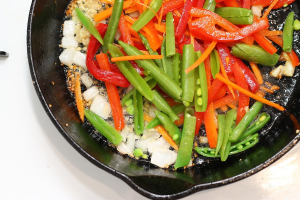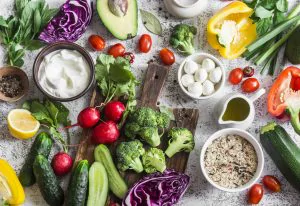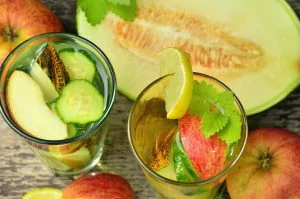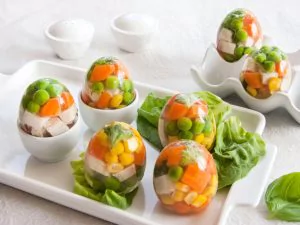If you’re looking for a clue to a challenging crossword puzzle or trying to diversify your diet, this list of food that starts with W could be helpful.
We have selected a variety of dishes, fruits, vegetables, and plants from around the world for those who want to expand their knowledge of ingredients.
1. Walleye Fish
The freshwater crayfish, Walleye, also known as ‘Pickerel,’ can be an excellent substitute for some saltwater fish. It is found in the northern United States or Canada and has a subtle taste with a slight fishy note. This type of fish is often served in restaurants or can be found on supermarket shelves. Walleye also goes well with white wines and steamed vegetables.
2. Walla Walla Onions
Walla Walla onions are appreciated for their ever-sweet and mild flavor. It has crisp and juicy flesh with many thin layers of white rings. In addition, this variety of onions contains vitamin C, potassium, calcium and is a good source of fiber.
3. Walnuts
Since childhood, walnuts have been familiar to us because it is one of the most popular culinary ingredients. It is also a frequent component of salads, baked goods, and desserts. Walnuts have a positive effect on the health of many organs and systems. Moreover, it is delicious, nutritious, and used as a dietary supplement.
4. Wakame
Algae is a staple food in Japan. Wakame promotes weight loss, strengthens the heart, improves overall tone, and supports hormone balance. These algae contain iodine, various vitamins, and beneficial minerals. Wakame algae have gained popularity because of their exciting taste and lack of fat.
5. Wahoo Fish
The Wahoo fish is known to every saltwater and ocean angler. It lives in warm tropical and subtropical seas, staying close to the surface of the water. This fish lumps great-tasting meat, and it is consumed in all forms.
6. Watermelon
Watermelon is a trendy seasonal berry on a par with cherries or strawberries. Quality watermelon, of course, is a valuable product. It contains a lot of nutrients that have a revitalizing effect on the human body. This juicy berry speeds up the metabolism slows down the development of atherosclerosis and problems with the cardiovascular system.
7. Watercress
Watercress is a perennial plant in the cabbage family that overgrows. It is excellent for salads and as a condiment for meat, fish, and other dishes. The raw leaves and tops of the young shoots, which have a tangy mustard flavor, are eaten. In addition, the plant contains beta-carotene and many other vitamins.
8. Water Chestnuts
Water chestnut, or Chinese water chestnut, is a plant of the Osocaceae family and a famous Chinese cuisine product. They are very similar to chestnuts that we are used to, but with firmer, crunchier flesh. The tubers contain dietary fiber, vitamins B2 and B6, potassium, copper, manganese. Water chestnuts are a great complement to meat and vegetables cut into small pieces and stir-fried with sauces.
9. Wasabi
Wasabi is the underlying plant of the Japanese sauce of the same name. Its protein content, essential oils, glycosides, vitamins A, C, B6, and trace elements are valuable. This makes it an integral component of various diets. Wasabi is added to salads, pickles, and sushi.
10. Wampee Fruit
Wampee is found in southern China and Korea in its wild form, rarely in India and Australia. It is a fruiting evergreen tree up to 6 meters in height. The valuable properties of the wampee are due to its rich vitamin and mineral composition. The fruits help the body resist the harmful effects of viruses and strengthen the immune system.
11. Wheat
Wheat is an annual or biennial plant in the cereal family. It is mainly used as a food crop. Wheat flour is used for baking white bread and many other food products. Sprouted wheat grains contain a vast energy potential and special enzymes. Sprouts of wheat quickly and effectively stimulate the process of hematopoiesis, cleanse the body of toxins and slow down the aging process.
12. Wax Apples
Wax apples, despite the intimidating name, are actually berries. They get their name from the smooth skin and the bright green or red color of the fruit. Wax apples are delicious, with a sweet taste and crunchy texture.
13. Water Spinach
Water Spinach, from the genus Ipomea and the Vulpes family, is an annual or perennial plant. It is usually eaten from leaves and stems that are slightly crunchy and juicy, resembling the taste of ordinary spinach. It is rich in minerals and has a positive effect on the immune and digestive systems. Water spinach is good raw, roasted, or pickled.
14. Wattleseed
Wattleseed is a close relative of acacia and is not a very popular plant. Most of the acacia species produce seeds, as does wattleseed. The seeds are usually roasted and made into powder or liquid. The powder can then become a significant component of baked goods. Wattleseed has a rich flavor that tastes like chocolate, hazelnut, and coffee.
15. Water Mimosa
A popular water vegetable, water mimosa has a rich flavor. The plant is most commonly used in Asian cuisine and is something between cabbage and mushrooms. This type of mimosa grows near the banks of rivers, and it is the feathery, crispy leaves that are eaten.
16. White Chocolate
White chocolate, everyone’s favorite treat, is made from the fruit of the cacao tree. The tree initially grew in South America and is now cultivated around the world. The benefits of white chocolate are known because of its constituent cocoa butter, which is rich in vitamin E, and tannin, which has anti-inflammatory properties. In addition, the benefits of white chocolate are actively used in cosmetology.
17. White Button Mushroom
White mushrooms take the place of the most popular mushrooms in the world. With mushrooms, food becomes more nutritious and tasty. These mushrooms are grown all year round and added to salads, soups, sauces, cooked with meat or vegetables. Valuable properties of mushrooms are reflected in the state of nails, hair, help maintain youthfulness, improve skin condition, and have a soothing effect on the nervous system.
18. White Beech Mushroom
The white beech mushroom can be easily identified at the base of beech trees in East Asia because of its small rounded cap and thin stalk. This type of mushroom is not eaten raw due to its bitterness, but the taste disappears thoroughly once appropriately cooked. White beech mushrooms can be cooked in various ways, with garlic, onions, and some spices.
19. Whitebark Raspberry
Whitebark raspberries look almost identical to black raspberries, but they develop a thick white shell as they grow. After peeling, a dark purple berry appears that tastes similar to black raspberries. The Blue Raspberry flavoring found in candies and sweet drinks was created based on Whitebark raspberries.
20. White Asparagus
Both white asparagus and green asparagus are shoots of the same kind of vegetable, only grown differently. To keep asparagus white, young plants are grown covered with soil away from direct sunlight. White asparagus has beneficial effects on the body, improves the condition of the hair and nails.
21. Whiting
Whiting is a small-sized fish belonging to the cod family. It is helpful with a high content of iodine that supports the brain and endocrine system. Nutritionists say that the regular intake of this trace element improves memory and concentration.
22. White Turnip
White turnip is a winter vegetable rich in nutrients needed by humans and has a very similar sweet taste to turnips. White root vegetables boost the immune system and help resist viral infections during the fall and winter. The vegetable is also used as an antibacterial, antiparasitic, and antifungal agent.
23. Whitefish
Whitefish is a general term for several benthic fish species with fins, particularly Atlantic cod, pollock, blue whiting, and hake. These fish live in the cold freshwater lakes of North America and are named for their pure white flesh, which has a medium-elastic texture. Whitefish can be quickly grilled, smoked, or pan-fried.
24. White Figs
As the name implies, white figs have a pale rind color and originated in Southern California. Figs are very high in fiber, vitamins, and micronutrients, as well as pectin. As with regular figs, the flavor develops as the fruit ripens and resembles a mixture of raspberries and strawberries.
25. White Currants
It’s hard to imagine a garden without currants. But many lovers of this berry cultivate and breed strictly white currants. Its leaves are used in herbal teas, while its fruits make wines, tinctures, jams, and jams. Biologically, it is close to red currants and differs from blackberries in many ways.
26. Wineberry
Wineberry has a sour-sweet taste, but it is not used for wine production despite the deceptive name. Nevertheless, it makes excellent jams, juices, jellies, and desserts. As it ripens, berries from Asian countries acquire orange-red flesh from which a sticky liquid oozes.
27. Williams Pear
Williams is an old English variety of pear with late-ripening fruit. It is one of the best dessert varieties and is excellent for commercial cultivation. These pears are primarily intended for fresh consumption, also for making high-quality compotes.
28. Wild Rice
Even in spite of its exorbitant cost, wild rice is becoming increasingly popular over time. The main benefit of wild rice lies in its rich chemical and biological composition for normal metabolism. Boiled wild rice is often used as a side dish or as part of pilafs and soups.
29. Wild Leeks
Wild leeks are a real find for foodies and cooks. It looks like a giant green onion, but it has a richer flavor and aroma. In addition, wild leeks are very useful and effectively remove toxins from the body. Leeks are put in soups and vegetable dishes, served as a side dish to meat and poultry.
30. Wild Boar
Despite being related to domestic pigs, wild boar has a unique nutty flavor that resembles a combination of pork and beef. Wild boar meat is a valuable dietary product, which is mainly used to prepare second courses. In addition, it contains phosphorus, which is essential for human dental and bone health, as well as antioxidants that help maintain normal blood sugar levels.
31. Wood Pigeon
The wood pigeon is by no means a well-known animal; these are closely related to urban pigeons, although they prefer to live in forests. This bird has a wild flavor and juicy texture of meat. More often than not, wood pigeon dishes can be found in European and West Asian cuisine. In addition, these are considered ecologically friendly sources of meat.
32. Wood Apple
Today, the wood apple can be found in Southeast Asia and India, and Sri Lanka. The round fruits are gray with a floury, astringent brown flesh and have a reasonably hard woody shell. The wood apple contains vitamin A, ascorbic acid, proteins, carbohydrates, and fats. Wood apple pulp is eaten as a stand-alone product or used in cooking as an ingredient for other dishes.
33. Wong Pei Fruit
The small, round, yellow fruits of Wong Pei grow in clusters on local Chinese trees. The fruit tastes like lychees and has a texture similar to that of grapes. There are also tiny green seeds lurking in the pulp, and it is worth remembering that these are indigestible and should be thrown away before consumption.
34. Wolffish
Wolffish has a unique and special appearance that sets it apart from the rest. Find this fish can be found on the west and east coasts of the Atlantic Ocean. Their lean, firm white flesh has a mild flavor and will please those who appreciate dishes with a rich fishy taste.
35. Wolfberry
Wolfberries are also known as goji berries and are native to Asia. These are a good source of vitamins and minerals and contain all eight essential amino acids. These fruits are entirely suitable as a spice for meat dishes and can also be eaten fresh or mixed with cereal or yogurt for a healthy breakfast.
36. Winter Squash
Winter Squash is a collective name used to describe different varieties of squash. It can be harvested in the fall and stored all winter. These are distinguished from the others by their tough skins, which are entirely different from summer squash. All varieties of winter squash are ideal for roasting or making puree soups.
37. Winter Melon
The winter melon is a large Asian fruit that looks a lot like a giant watermelon. The medium-sized fruit has a spherical, slightly flattened shape. In addition, the surface is covered with small dark green spots. Inside is a sweet, thick, and melt-in-your-mouth fibrous flesh.
38. Waffles
Waffles are a popular, many people’s favorite breakfast dish. The history of this product goes so far back in time that it is impossible to say precisely when they were first made and by whom. Almost every country has its recipes for this sweet. This opens up a wide range of possibilities for you to experiment in the kitchen.
In this handy article, you’ll find a complete guide to 38 different foods beginning with the letter W. Everything is collected here, those foods you may already have in your kitchen cabinets and those you’ve never heard of before. To continue your culinary journey, we suggest you check out the fascinating food guide to the letter D, discover a new one from the aid to the letter E, or check out the feature article on N.

